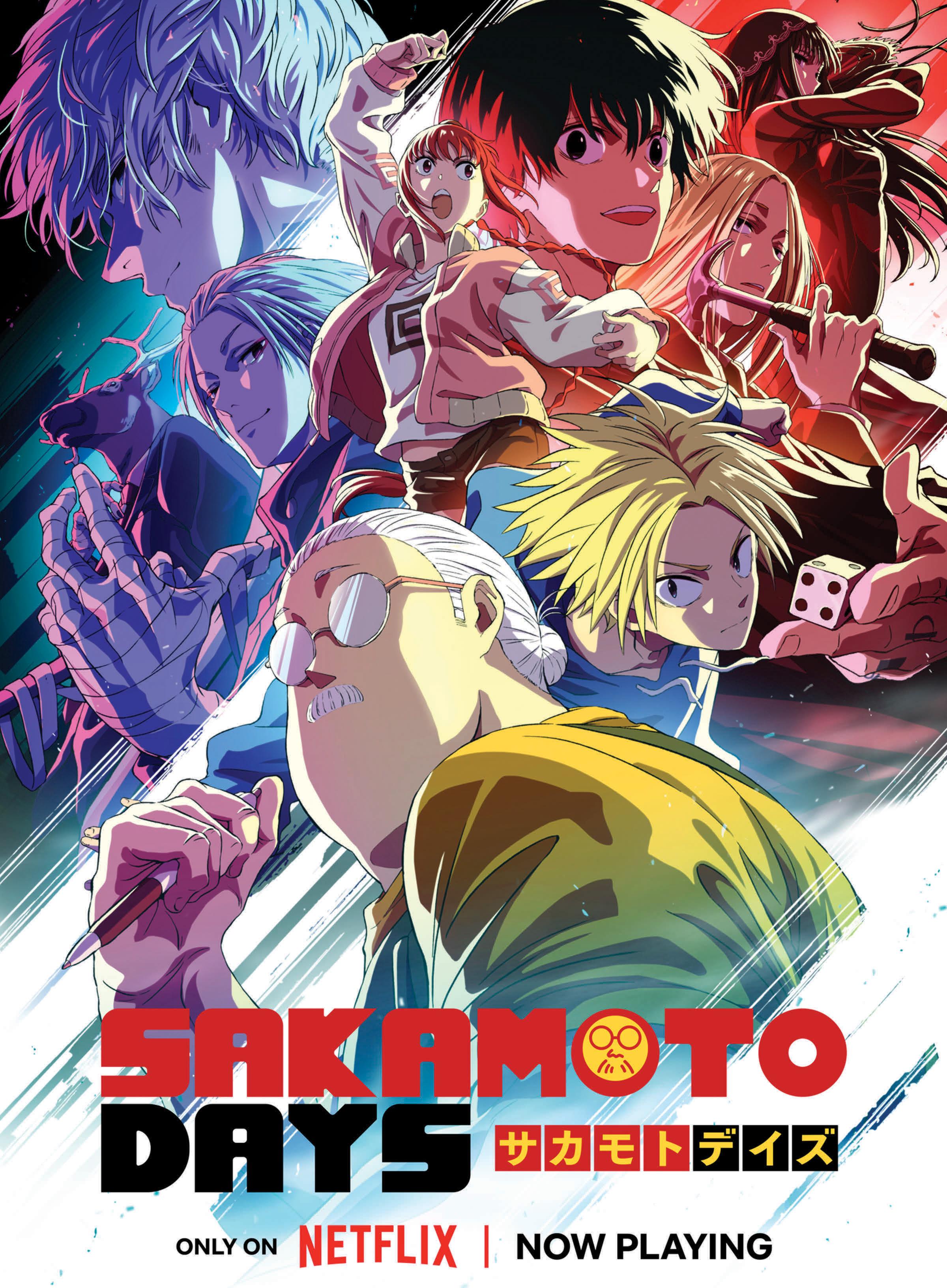FUTURE PASTIME A STUNNING SYD MEAD PHOTO ESSAY
STRANGER THINGS PLAY THE FIRST SHADOW SETS THE STAGE FOR HAWKINS’ FINAL ACT.
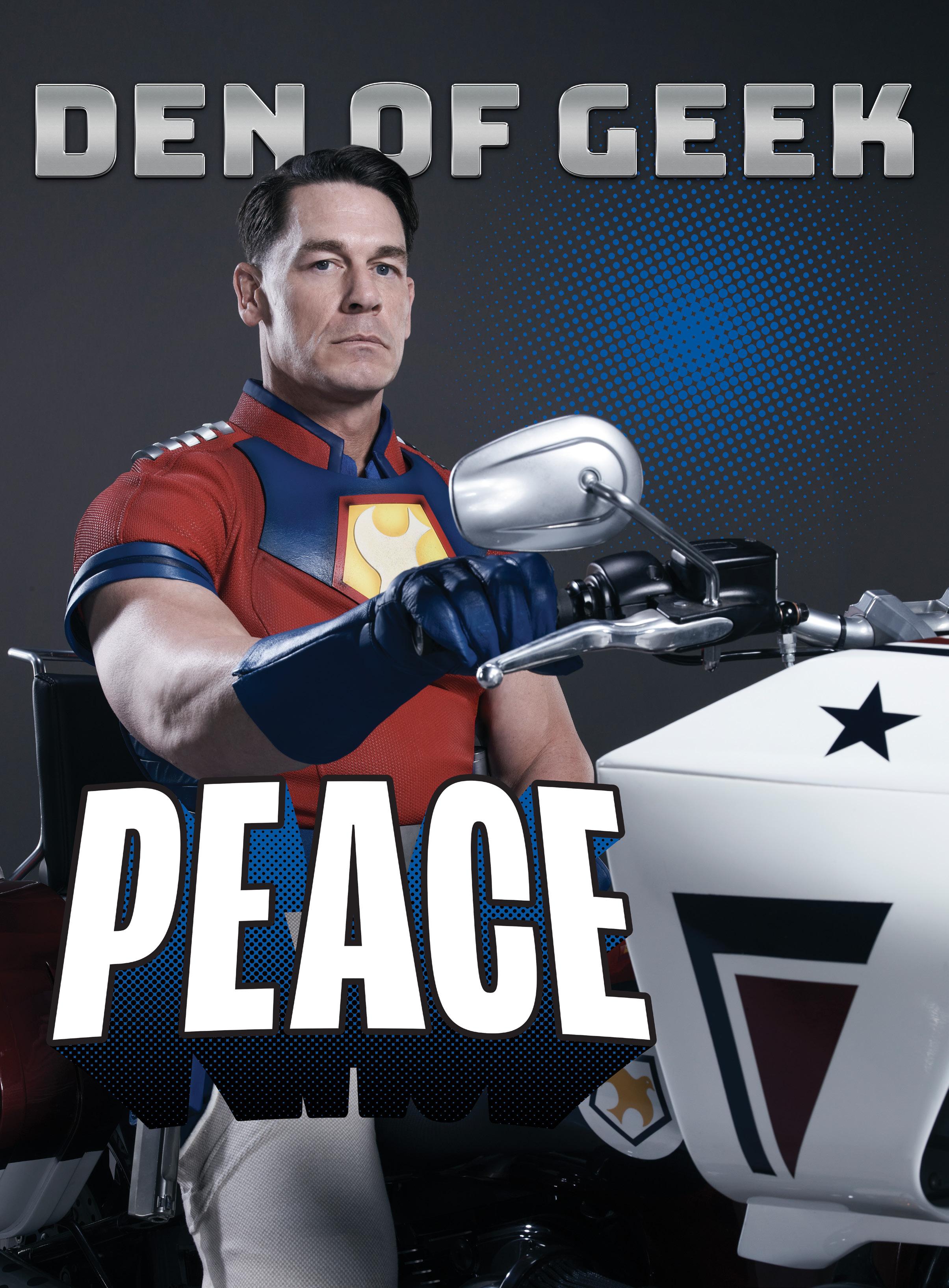
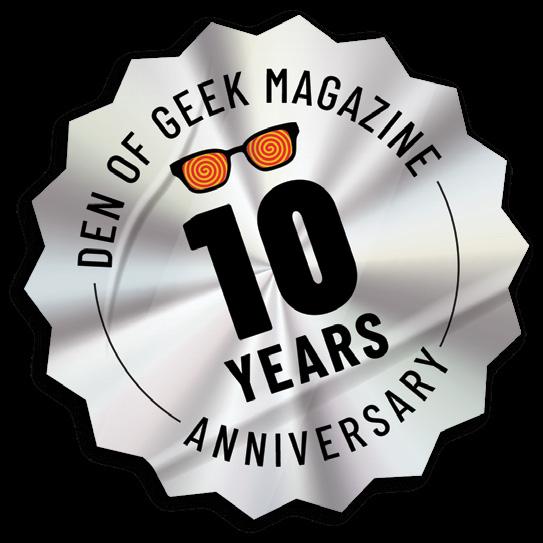
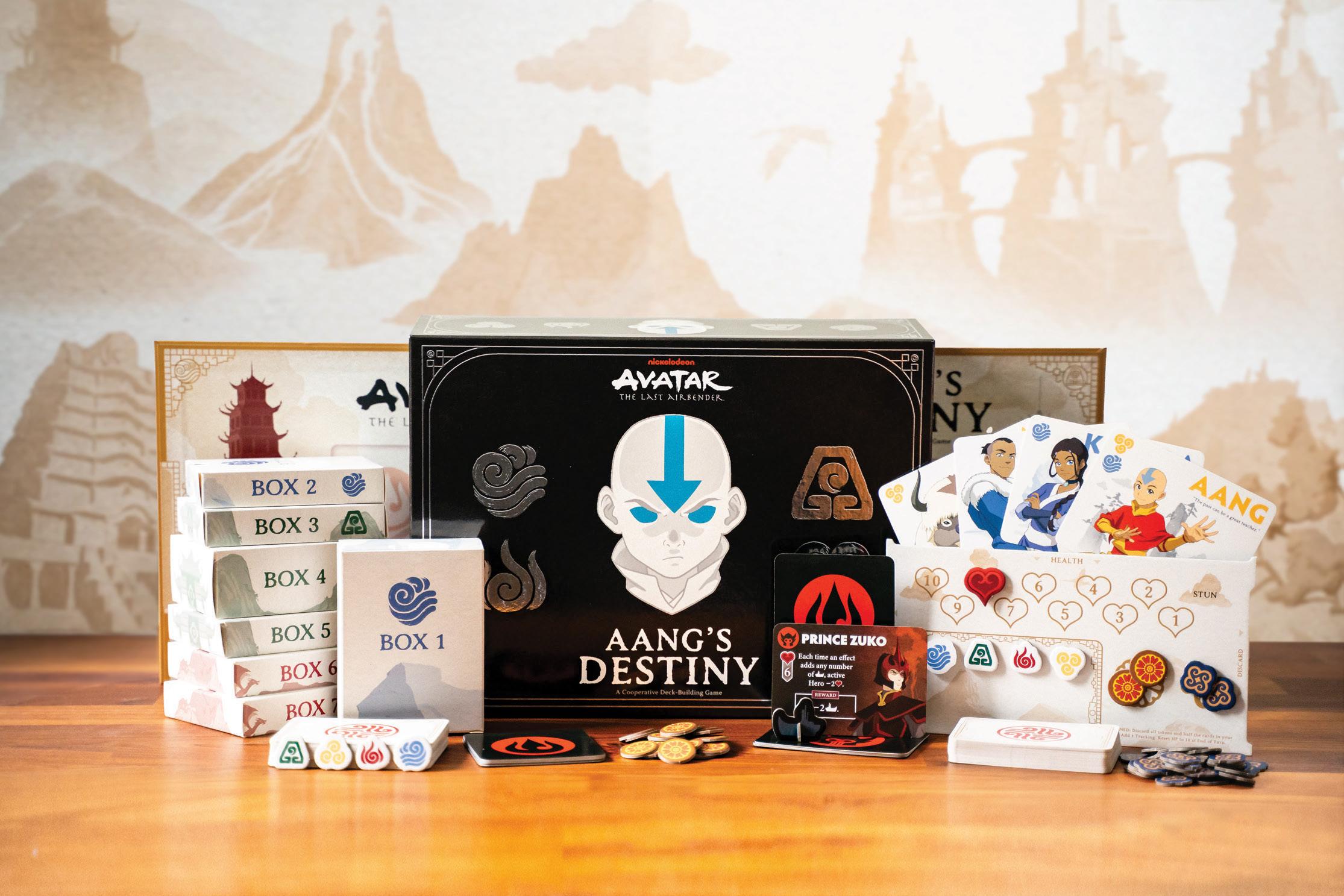
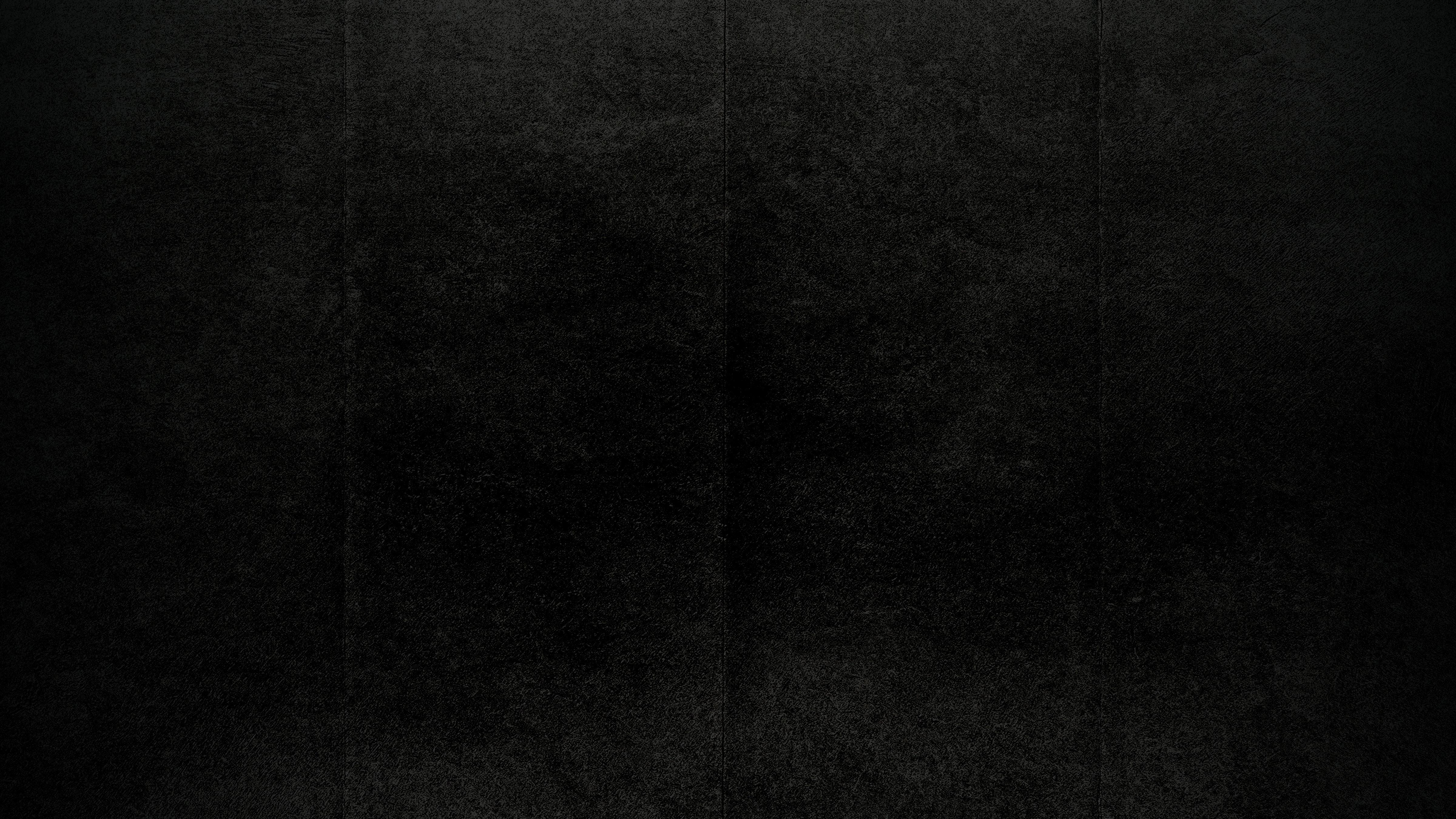
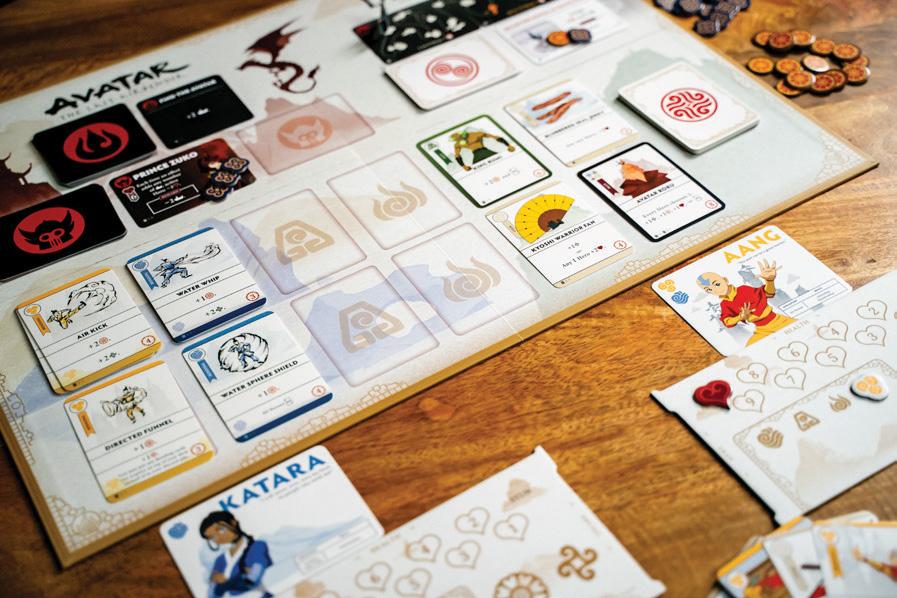

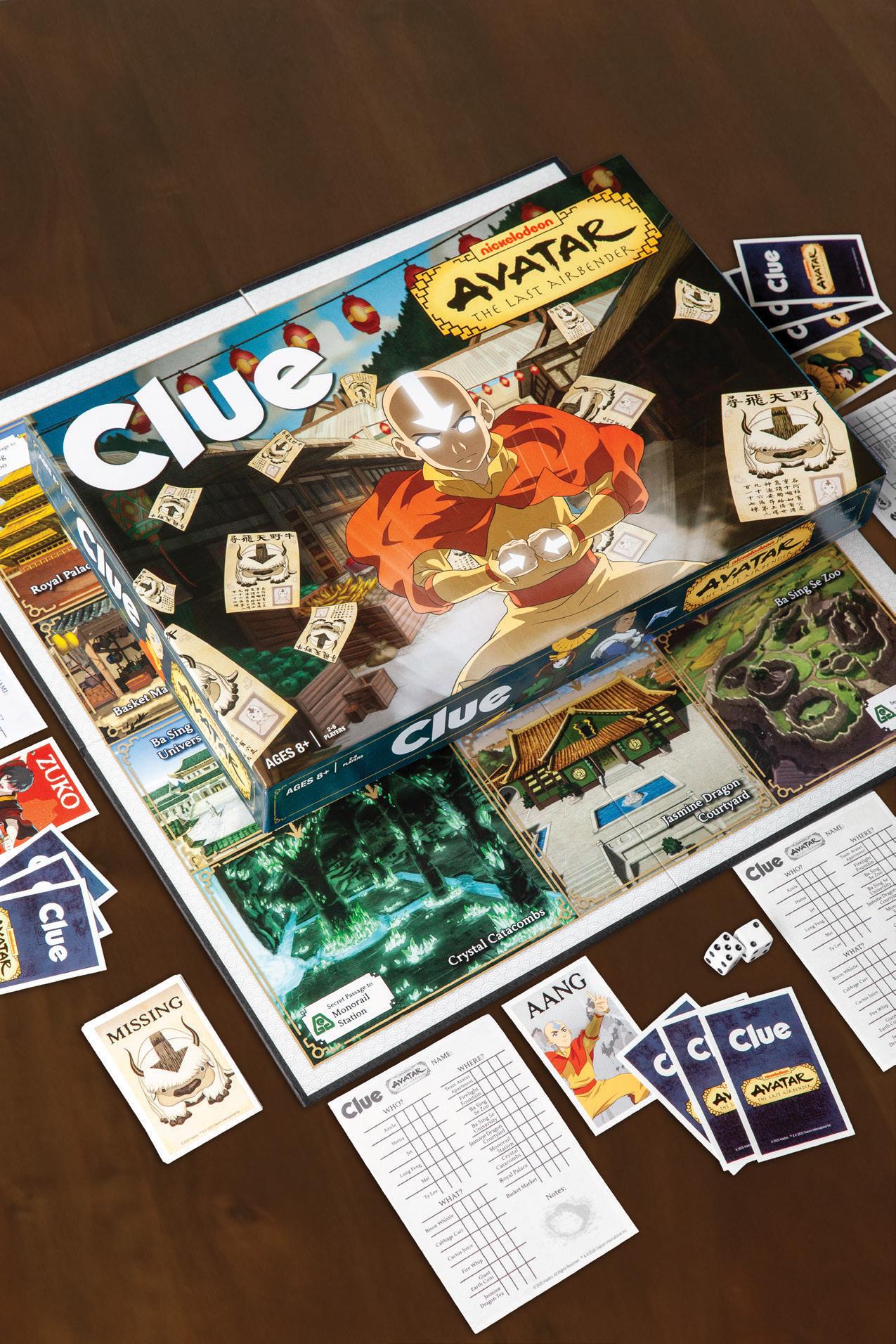


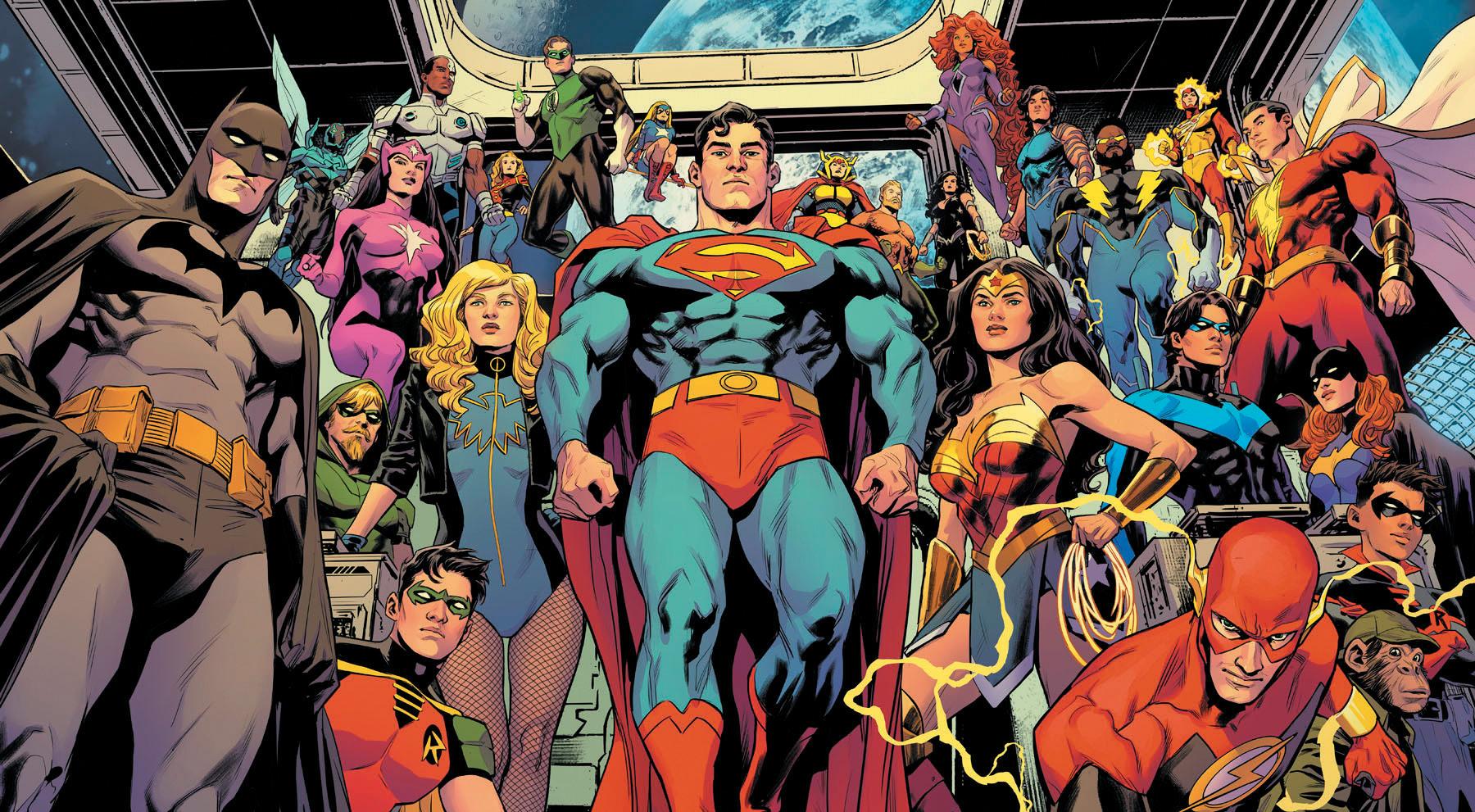
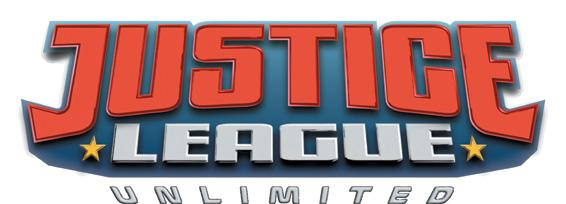
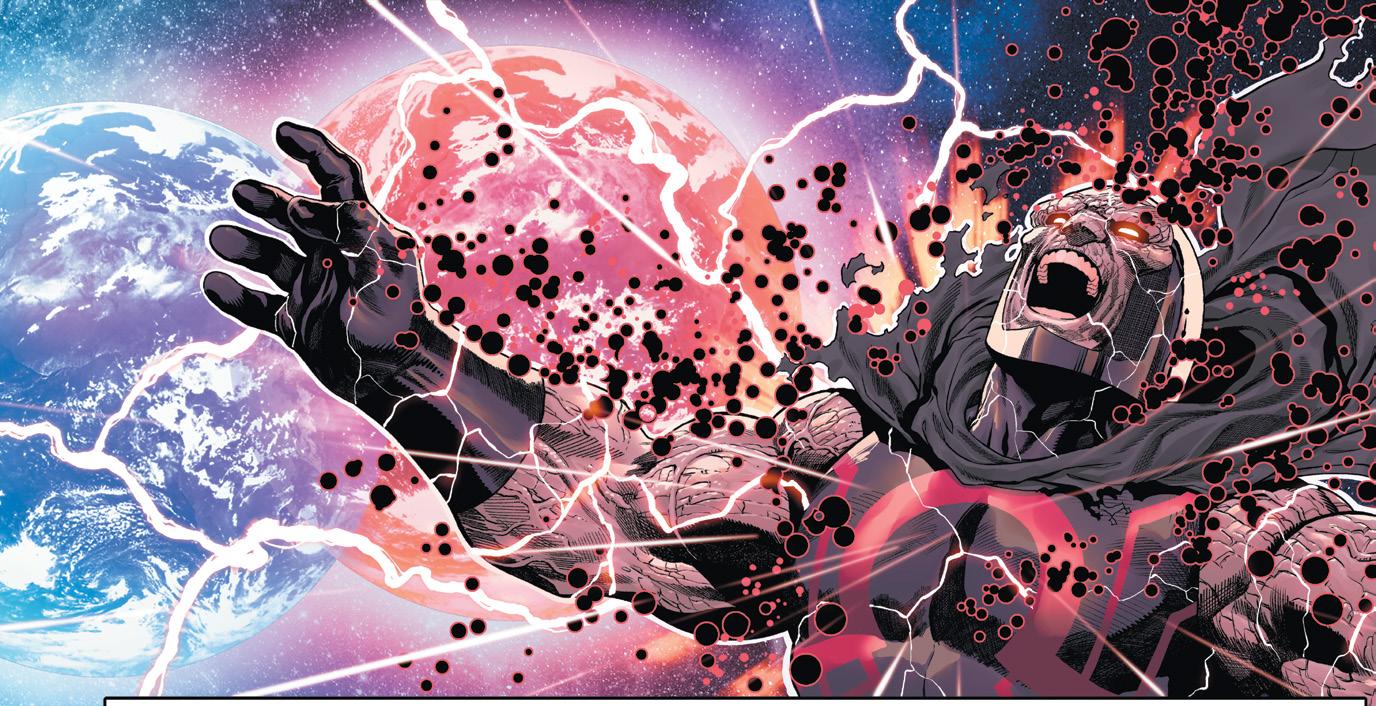
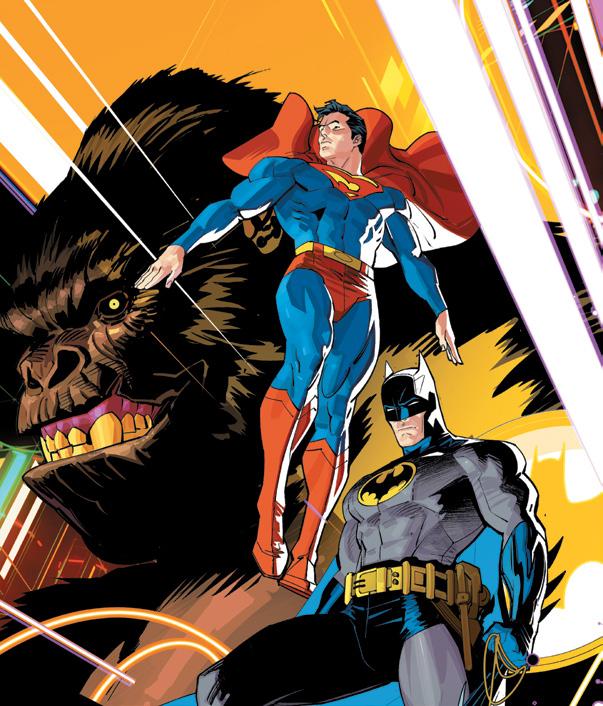


FUTURE PASTIME A STUNNING SYD MEAD PHOTO ESSAY
STRANGER THINGS PLAY THE FIRST SHADOW SETS THE STAGE FOR HAWKINS’ FINAL ACT.















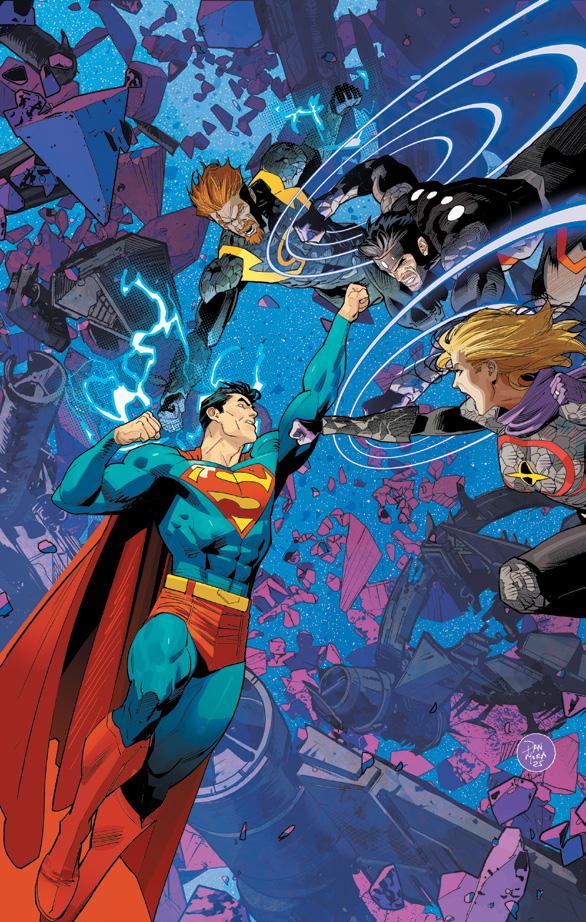
JULY – SEPTEMBER 2025
LEGION OF DARKSEID



When that happens for comic shop or bookstore employees and owners, Binc is a phone call away.

TheBook Industry Charitable Foundation (Binc) is the only nonprofit in the country dedicated to supporting bookstore and comic shop owners and employees through life’s unexpected emergencies like ER visits, eviction, cancer diagnosis, flooding, death in the family, and weather-related disasters. Support bookstores, comic shops and the people who work there by supporting Binc. Find out more at bincfoundation.org.
“Binc helped me to survive what felt like an impossible financial situation. I had help within a day of completing my application. I was able to have my rent paid, go food shopping, and cover household utilities. I would not have been able to do any of this without their assistance."
—Comic retailer helped through a housing crisis



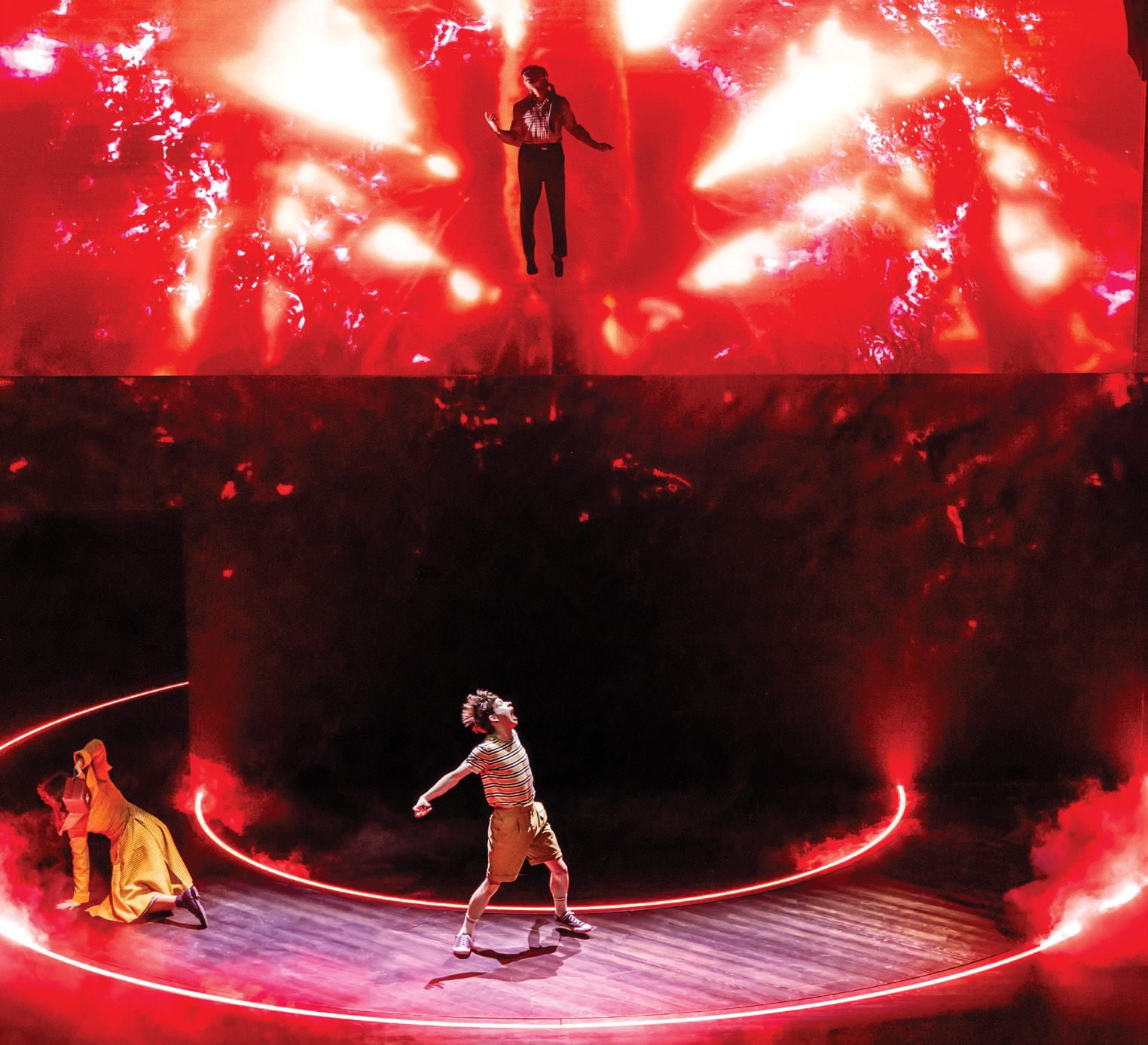
The creators and performers behind Stranger Things: The First Shadow delve into the Stranger Things play’s secrets and what it all could mean for the Netflix epic’s final season. PG. 54

Director Akiva Schaffer updates a slapstick comedy classic for the modern era with the help of stars Liam Neeson and Pamela Anderson. PG. 10
WEDNESDAY
Back to Nevermore Academy we go for Wednesday season two! Showrunners Alfred Gough and Miles Millar discuss what to expect from this Addams Family affair. PG. 50
Syd Mead: Future Pastime curators William Corman and Elon Solo walk us through six works of the visionary artist at the heart of the critically acclaimed exhibition coming to a city near you soon. PG. 44
H.R. Giger’s xenomorph is coming home. Alien: Earth showrunner Noah Hawley and stars Sydney Chandler and Babou Ceesay discuss the first Alien TV series. PG. 36


Following in the red-booted footsteps of the summer blockbuster Superman, Peacemaker season two is the next chapter in James Gunn’s reimagining of the DC Universe. Gunn and series star John Cena reveal what’s to come for the gun-toting vigilante. PG. 28
PHOTOGRAPHY BY PERRY HALL
SYD MEAD, THE CONCEPT ARTIST, industrial designer, and neo-futurist, was, above all other things, a utopianist. In fact, he was “one of the last great utopianists,” according to Denis Villeneuve, which might be a surprise to those who only know Mead from the films that he worked on:

DAVID CROW MANAGING EDITOR
Ridley Scott’s Blade Runner and James Cameron’s Aliens, chief among them. Those movies were suffused with despair and cynicism, to be sure. But they were also, crucially, Scott and Cameron’s visions of tomorrow, not necessarily Mead’s.
Mead, by contrast, had the capacity to see the dark shadows cast from our possible futures—and then dare to dream bigger, elsewhere, and in vivid color.
A small collection of Mead’s artwork can be found in this issue beginning on page 44, but we hope throughout this magazine that you’ll glimpse a vision befitting the optimistic promise of Mead, San Diego Comic-Con, and any other gathering that invites community and fellowship with our fellow geeks and neighbors, wherever they might hail from.
Our cover story is about one of the greatest reclamation projects in modern superhero media. Originally envisioned to be a murderous lost cause—a one-off sucker brainrotted by his nationalist upbringing—The Suicide Squad’s Peacemaker has been nurtured by James Gunn and John Cena into the most unlikely of antiheroes; a man capable of discovering connection, and maybe grace, among other misfit toys.
We likewise hope this issue will remind readers of what brings comfort and joy, even if from the oddest places—such as our picking up a new signal from the xenomorph’s oblique corner of pop culture in Alien: Earth or taking another trip to Nevermore Academy with Jenna Ortega’s most woeful of Goth kids.
At Den of Geek, we also strive to reach toward the light, indulgences for Weyland-Yutani and Stephen King dystopias notwithstanding. This spring, we celebrated another SXSW with unicorns and an interview studio blessed by Texan goodwill ambassador Matthew McConaughey, and this summer we’re back at our favorite con with the celebratory issue in your hand. Consider this our own peace offering, one intended to bring us all a little closer to a future Mead would recognize. And enjoy.




Jennifer Bartner-Indeck CEO + GROUP PUBLISHER
Mark Wright MANAGING DIRECTOR
Matthew Sullivan-Pond PUBLISHER
EDITORIAL
Bob Bartner CHAIRMAN
Pete Indeck CHIEF FINANCIAL OFFICER
Chris Longo CHIEF CREATIVE OFFICER
Rosie Fletcher EDITOR-IN-CHIEF
David Crow MANAGING EDITOR + FILM EDITOR
Alec Bojalad DEPUTY EDITOR + TV EDITOR
PHOTO & VIDEO PRODUCTION
Nick Morgulis SENIOR VIDEO PRODUCER
Andrew Halley HEAD OF VIDEO PRODUCTION
Shamus Kelly VIDEO EDITOR
ART
Lucy Quintanilla CREATIVE DIRECTOR
Jessica Koynock ART DIRECTOR
PRODUCTION
Kyle Christine Darnell MAGAZINE PRODUCTION
Richard Jordan MAGAZINE SUB EDITOR
Sarah Litt MAGAZINE COPY EDITOR
CONTRIBUTING EDITORS
Nick Harley, Rosie Knight, Daniel Kurland, Louisa Mellor, Shamus Kelley

Look, on the front cover! It’s a bird! It’s a motorcycle! It’s… the Peacemaker? That’s right, not only has James Gunn changed the DC Universe but he’s also following up the ultimate hero, Superman, with the ultimate loser, Peacemaker. Gunn is here to tell us all about the surprising importance of Peacemaker season two, and he’s brought along stars John Cena, Danielle Brooks, Steve Agee, Jennifer Holland, and Frank Grillo. The season one theme song asked us, “Do you really wanna taste it?” After reading this issue’s cover story, the answer will definitely be “Yes!”
ISSUE 18 | SDCC 2025
Follow


The Naked Gun director Akiva Schaffer sets out a modern vision for a timeless comedy classic.
BY ALEC BOJALAD
EVEN IN THESE divisive times, we can all at least agree on one thing: Leslie Nielsen can’t be replaced.
Amid his prolific 60-year acting career, which featured hundreds of roles in film and television, the cloudyhaired Canadian-American performer became an unlikely comedy legend thanks to his straight-man work in slapstick features such as Airplane! and The Naked Gun. No one could deadpan their way through absurdity quite like Leslie Nielsen. Hallowed film critic Roger Ebert went so far as to dub him “the Olivier of spoofs,” though surely even Laurence Olivier would betray a smile during “I am serious and don’t call me Shirley.”
The late actor’s indispensability is the first challenge any poor soul looking to
reboot The Naked Gun franchise must confront. And the poor soul selected for the task in this summer’s quasireboot/quasi-legacy sequel is certainly aware of that.
“The first Naked Gun is a perfect movie, and Leslie Nielsen is irreplaceable,” says director Akiva Schaffer. “He is his own thing, and anybody trying to do him is going to fail, even if they’re the funniest person on Earth.”
Best known as one-third of the Saturday Night Live digital shortpioneering comedy troupe, The Lonely Island, and the director of movies Hot Rod and Popstar: Never Stop Never Stopping, Schaffer is accustomed to high-density joke formats. The Naked Gun, however, requires a PhD course in the Economics of Laughter.
Created by the filmmaking trio of David Zucker, Jim Abrahams, and Jerry Zucker (or ZAZ), the Naked Gun franchise consists of the TV series Police Squad! and three accompanying films—all of which operate as bulletpaced spoofs of the crime genre, fitto-bursting with sight gags, puns, and bizarre non sequiturs.
At the center of the madness is always the sturdy presence of Nielsen as Lt. Frank Drebin. How could any Naked Gun project work without someone like that? After all, it’s not like there are many other dramatic actors out there looking to make the jump to comedy in their golden years. Even then, it’s not like any of those actors’ initials are “L.N.” with a surname that sounds vaguely similar to “Nielsen,” unless…

“Liam Neeson was the guy who opened up my mind to the world of what the movie could be,” Schaffer says. “Liam does things that no one else can do as well. I don’t want to say ‘a particular set of skills,’ but it’s true. He’s got his own particular set of skills that apply to this.”
Neeson, an Oscar-nominated actor and star of the Taken action franchise, has a Nielsen-like ability to play things straight, lending his intimidating Irishtinged growl to both dramatic and comedic roles in recent years. The experience made him the perfect, if unlikely, choice for this Naked Gun’s lead—down to the spooky phonetic coincidence of his name.
“On our very first draft script, I made a cover page where I just stole the old
poster for The Naked Gun and crudely taped Liam’s face over Leslie’s face, and then just crossed off the names in a way that made it visually very clear how similar [their names are],” says Schaffer. “I just thought, ‘Oh, I’ll take advantage of that.’”
Neeson plays Lt. Frank Drebin Jr., son of Nielsen’s Drebin. The family lineage is made clear in the movie’s first teaser trailer, a viral hit that sees Drebin Jr. kneeling in front of a portrait of his father, expressing his love and appreciation. The scene then shifts to reveal the entire police department tearfully paying homage to their dads in the Hall of Legends, including one officer who regards a photo of O.J. Simpson’s Naked Gun character, Det. Nordberg, before looking down


the barrel of the camera and shaking his head.
“When you tell people ‘I’m writing a Naked Gun,’ they go, ‘What are you gonna do about O.J.?’” Schaffer recalls. “Obviously, you’ve gotta answer that question right away. I wrote that scene in the first week. It’s making fun of legacy sequels and the idea of ‘it’s their son now.’ But what if it’s every character’s sons?”
Another challenge for a new Naked Gun film is to determine its sense of time and place. While the ZAZ movies largely parodied ’50s and ’60s crime series and serials, current audiences won’t be quite as familiar with original Naked Gun targets such as M Squad, Dragnet, and Dirty Harry
“The choice I made is to make it feel more modern or ’90s,” Schaffer says. “There’s so much stuff that’s happened in the procedural, detective, and action genres since 1990. We have 35 years of Law & Order and CSI on TV. And then the Mission: Impossible, John Wick, and Taken movies.”
Helping to ease The Naked Gun’s transition from the late ’80s/early ’90s era into more modern buffoonery is an
ALL MOVIES ARE HARD TO MAKE. BUT IT’S ALWAYS FUNNY WHEN THE THING THAT MAKES IT HARD TO MAKE IS LIKE, ‘NO, THAT FART HAS TO SOUND 10 PERCENT WET!’ THAT’S WHAT YOU’RE YELLING AT SOMEBODY ABOUT.”
honest-to-goodness ’90s icon herself: Pamela Anderson. Fresh off a critically acclaimed role in the 2024 indie-drama
The Last Showgirl and ascendant as a cultural force once again, the former Baywatch star is the perfect fit for the tone that Schaffer hopes to achieve with The Naked Gun.
The director notes that Anderson, as “only” a TV star at the time, is just the type of perceived-to-be-B-list level
talent that an original Naked Gun movie would have looked to cast and elevate. Now, however, there is no distinction in the Hollywood caste system. A star is a star, no matter the medium.
“She understood exactly what this was and was so game,” Schaffer says of Anderson. “There’s something about her past that reminds you of this genre, but there’s something of her future where she’s [at the] Met Gala that is very today. She is in this interesting cultural moment that is exactly what the movie is trying to do—reminding you of the past, taking the spirit of it, and doing something new with it.”
And if that sounds a bit too heady for a Naked Gun picture, Schaffer is keen to make clear that this is all still very dumb.
“All movies are very hard to make. But it’s always funny when the thing that makes it hard to make is like, ‘No, that fart has to sound 10 percent wet!’ That’s what you’re yelling at somebody about. It’s an honor to get to make something silly.”
The Naked Gun opens in theaters on Aug. 1.

Interview with
the Vampire showrunner Rolin Jones
and
the vampire
Lestat himself, Sam Reid, provide a sneak peek into the musical and bloody journey of season three. BY
THOUGH THE TIME between most TV seasons can feel like an eternity for fans, a few years is just a drop in the ocean to the immortals of AMC’s hit drama Interview with the Vampire. But for the former camp, showrunner Rolin Jones is determined to make the show’s third season worth the wait. Last year’s SDCC panel revealed the next chapter of Anne Rice’s Immortal Universe adaptation with a brilliant trailer that teased Lestat’s rock-star era. Now the vampire Lestat himself, actor Sam Reid, is ready to offer an exclusive first look at what’s ahead for the fang gang as they prepare to start filming.
“The big deal here is that Lestat is taking over the show,” Jones promises.
“If you imagine that Louis’ portrait of Lestat was about 70-80 percent right, just imagine that guy suddenly at the wheel, and that’s what I want season three to feel like.”
As a self-absorbed force of chaos and seductive cunning, is it any wonder Lestat makes the ultimate rock star?
“I think it’s an analogy of this performative, otherworldly kind of god. It’s a really great way to process your otherness,” Reid explains. “Rock stars are inherently vampiric.” While inspiration was found in performers like Freddie Mercury and David Bowie, Reid finds mimicking musicians less interesting than examining an artist’s journey of self-discovery.
“Rock stars at their best are about extremities and pushing the envelope,” Jones says. “I think Lestat is curious: if you push far enough out there, is there peace on the other side?”
Lestat reveals his most vulnerable memories through his setlist, where
he can divulge his feelings on vampires he’s known and loved, many of whom could still be alive in 2025. The songs also provide a narrative frame and build towards a bigger picture, too, which means that series composer
I THINK IT’S AN ANALOGY OF THIS PERFORMATIVE, OTHERWORLDLY KIND OF GOD. IT’S A REALLY GREAT WAY TO PROCESS YOUR OTHERNESS. ROCK STARS ARE INHERENTLY VAMPIRIC.”
Daniel Hart is more important than ever this season. “I got a composer at the height of his powers and absolutely unleashed,” Jones grins. “As songs came in, we started writing around them because they were fucking beautiful. They inspired where we were going, which is what music does, right?”
Lestat may be taking center stage this season, but there’s still drama ahead for Louis, Armand, and Daniel. Viewers invested in the story of the vampire Louis (who’s played with heartbreaking humanity by Jacob Anderson) are in for developments that will surely see him reunited with his ex—although rekindling romance may not be in the cards.

THERESA DELUCCI
“There’s so much left to unpack,” Reid says. “Louis, specifically, wants to have his ‘companion enough for himself’ era. And I think Lestat has learned to have to be a companion for himself, probably not by choice.”
At the time of our chat, there were no casting announcements for new characters, including Lestat’s maker,
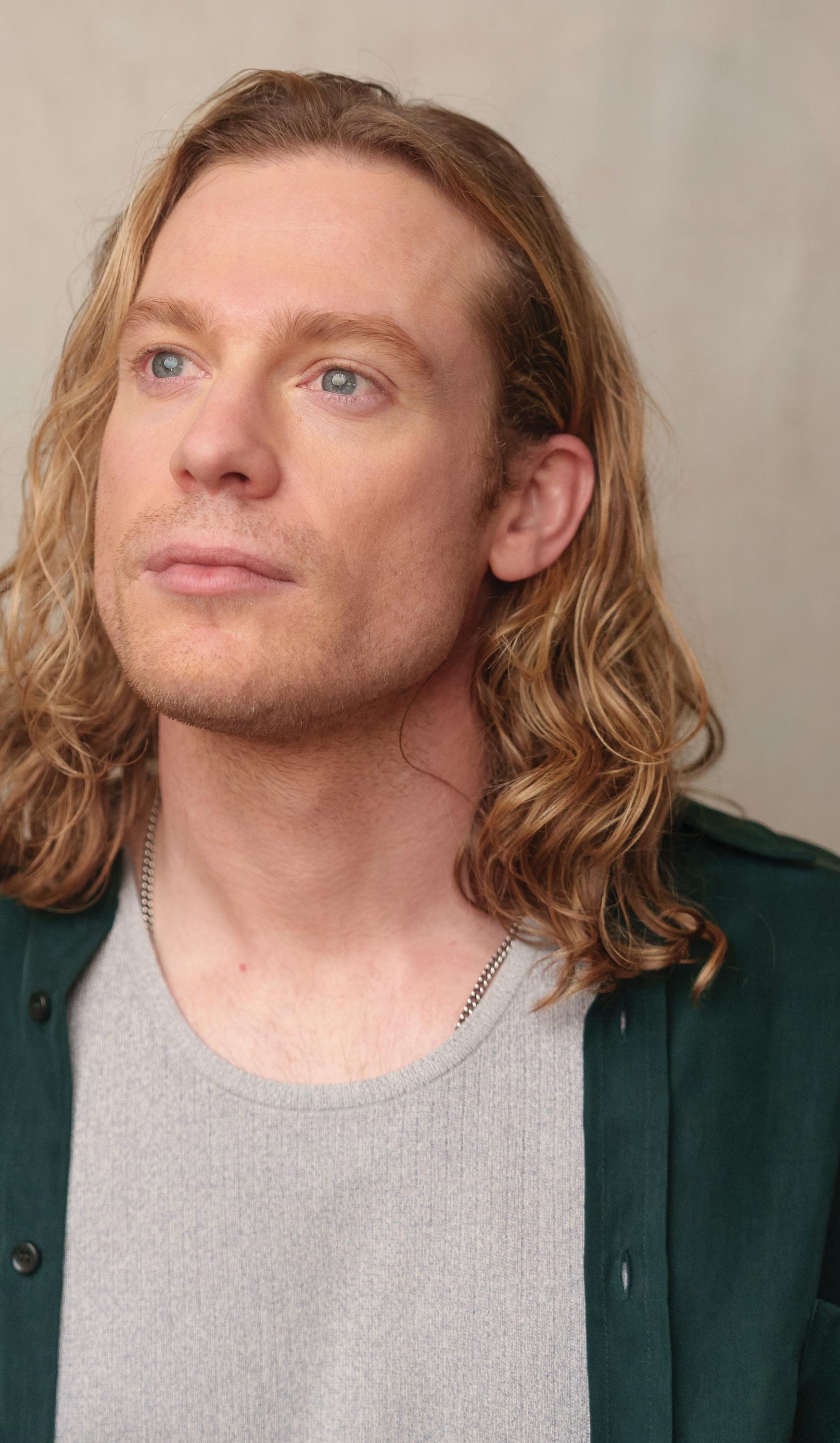

Magnus, and his mentor, Marius, who is also the maker of the dangerous, manipulative vampire Armand (Assad Zaman). Reid is especially excited about the introduction of Gabrielle, Lestat’s human mother.
“She’s a fantastic character. She has never been seen before in any adaptation,” he says.
Beyond his computer screen, hidden from nosy journalists, Jones keeps a whiteboard of production notes and actor photos. And while he can’t tease any new cast members, he does provide an exclusive reveal of a book character whose unexpected appearance will get readers intrigued.
“I’m looking at, oh, there’s Lestat, you know? There are some familiar faces up there. And then there is a character named Baby Jenks. What’s Baby Jenks doing in The Vampire Lestat? That’s weird…”
That’s all he’s willing to elaborate on. This newbie, motorcycle-loving vamp has an interesting role to play in The Queen of the Damned, the third book in the Vampire Chronicles, but she’s being introduced in the show earlier than she was in the books.
Audiences and critics (including Anne Rice herself) largely forgot 2002’s flop adaptation of Damned, except for one element: Aaliyah’s incendiary vampire royal, Akasha, awakened from her centuries of slumber by Lestat’s music. Jones has been teasing Akasha since the first episode of the first season, and now those seeds are going to bloom. Without providing spoilers, Reid hints at something “ingenious” at the season’s end that he cannot wait for viewers to see.
According to Jones, even AMC doesn’t know the whole scope of the story yet. It’s a big risk, yet he’s thrilled that this season gives Reid, who has been such a strong performer for others to play against, his time in the spotlight—literally and figuratively.
“When you see Sam in costume, under the lights, singing these songs in the context of Lestat’s story, you’re gonna be absolutely knocked out. We’re going for it.”
Interview with the Vampire is scheduled to return to AMC in 2026.

After years of playing the kid versions of TV and film’s leading ladies, Mckenna Grace is blossoming into an unstoppable force.
BY DARCIE ZUDELL PHOTOGRAPHY BY NICK MORGULIS
1
Mckenna Grace was born in Grapevine, Texas and began acting at age five. Inspired by a love of Shirley Temple, she pursued acting classes despite her parents’ hesitation. It paid off, with Grace playing young versions of Margot Robbie and Brie Larson almost immediately.
2
Aside from acting, Grace is also a singer/songwriter. At 15, she dropped her debut single “Haunted House,” which she co-wrote with indiepop artist Lily Kincade. It appeared in Grace’s Ghostbusters: Afterlife.
3
Despite being homeschooled, Grace tells us she made sure to gain real-life bona fides from the teen experience. “I went to three proms… I snuck into them,” she admits.
4
In her new award-winning satire, Slanted, Grace plays Jo Hunt, a white avatar for a Chinese American teen who’s undergoing a controversial procedure. “It was definitely an interesting breakdown,” Grace tells us. “I was like, ‘I’m playing who? You want me to do what?’”
5 Grace will soon star as Maysilee Donner in the much anticipated The Hunger Games: Sunrise on the Reaping. She has the coveted role of a District 12 tribute who, 24 years before Katniss, befriends a boy named Haymitch. Together they will confront their destinies.
the month from
NICK MORGULIS
“The amount of times I’ve nearly accidentally pressed ‘post’ because the ‘draft’ button is next to the ‘post’ button… I think I’d be fired forever.”
Florence Hunt on creating behind-thescenes Bridgerton content for TikTok.


“That ’s all I look for in a scri p t. Send t hem my way if there’s hair-pulling.”
—
— Ian McShane on John Wick and the power of the movies.

“I think there’s so much more that Peggy can do. She’s very much an underserved character. When she says, ‘I know my value and everyone else’s opinion doesn’t really matter,’ it’s because she hasn’t been given the platform that she knows she deserves.”
— Hayley Atwell on wanting to see Captain Carter return.

When something is on a larger scale, I think there can be a tendency to not discuss the emotional story as much, and performance and connection and the relationships on screen.”
— Daisy Ridley on appreciating creative performances in Star Wars

Hunger Games director Francis Lawrence tackles a different dystopia with Stephen King’s long-awaited The Long Walk.
BY DON KAYE
THE LONG WALK WAS STEPHEN KING’S first completed novel, although it was not published until 1979 under the pseudonym Richard Bachman. An allegory about the Vietnam War, it’s set in a totalitarian future where, in an annual contest, a hundred young men must walk until only one is left alive. The winner is promised untold riches. The rules are simple: walk or die. Several filmmakers have tried adapting the book over the years, but director Francis Lawrence—who tackled similar material via the Hunger Games franchise—has finally made it a reality.
With a script by J.T. Mollner (Strange Darling) and starring Cooper Hoffman (Licorice Pizza) and David Jonsson (Alien: Romulus) as two contestants who become unlikely friends, Lawrence’s The Long Walk is faithful, chilling, and, as Lawrence himself notes, eerily timely.
This project has been in development for years. How did the pieces finally come together for you? It was strange. It first crossed my desk in 2006. Akiva Goldsman, with whom I
was doing I Am Legend, suggested it. I hadn’t heard of it, and he gave it to me and thought that I might like it, and thought it would make a great movie. So I read it and I loved it. It became my
favorite King book. But then, when I said, “Yeah, let’s do it,” the rights had gotten nabbed up by Frank Darabont. Then, over the next 19 or so years, I heard that it was almost happening, not happening, almost happening.
In the meantime, I gave the book to my younger son, who was a big reader, and one day I was walking down the hallway of my house, saw his copy sitting on a shelf, and just thought to myself, “God, I wonder what’s going on with The Long Walk.” And that day, I got a call from Roy Lee, who produced the movie with me, saying, “Hey, would you be interested in doing The Long Walk? I’ve got the rights to it.”
Were you struck by the parallels between this book and The Hunger Games series?
I was kind of aware. I’d read The Long Walk before getting involved in Hunger Games, so it’s kind of impossible not to think of The Long Walk when you are working on something like The Hunger Games. But weirdly, when I had the opportunity again to do The Long Walk, the things that made me want to do it were very different.

The big one for me on The Long Walk, and what always stuck with me, was the camaraderie of the young men in the contest; their relationships and their dynamics, and the bonds that they form. I always thought that was the most beautiful thing about the story, as violent and as terrifying as it is. So when it came time to make The Long Walk, I knew some people would kind of lump it into a Hunger Gameslike box, even though it precedes that in terms of ideas. But I made it for completely different reasons.
All the actors are terrific, but Cooper and David are particularly amazing. How did you land on them?
I had worked with Cooper’s father [Philip Seymour Hoffman], and I’d seen Cooper in Licorice Pizza. So he was the first person in my mind that I thought would be a perfect Garraty. Luckily, he was available and he was interested, so he and I met.
David, actually, was not really on my radar. I think I’d only, at the time, seen maybe an episode or two of Industry. But he was in the first batch of guys who sent in self-tapes, and he was maybe the third person in that first batch, and I saw him and I was like, “This guy has to be McVries.” Watching his audition made me think that this movie was going to work. Everything just suddenly clicked into place with his audition. Then I actually organized a chemistry read between [Hoffman and Jonsson] over Zoom, got the two of them to do a couple of scenes together, and it was very clear that they instantly had chemistry.
What are your thoughts on meeting the political moment with this movie, which seems very relevant to where we’re at right now?
What was interesting, and it was something that we worked on in the adaptation process, and J.T. and I spoke a lot about, was the relevance that we could bring to it thematically. King wrote this so long ago when he was very young, and it was a story that was really about the Vietnam War and all these young men willing to go off to battle and die these horrible deaths.

Mark
You’re never going to take that out of the movie, and I was not trying to take that out of the movie.
But what I always loved about the book was the mystery of when does this exist, and what’s happened, and why do they do the walk? So we tried to bring in this sense of what started as maybe the loss of the American dream. Are you going to make enough money? Can you actually afford rent? Can you
The big one for me on The Long Walk, and what always stuck with me, was the camaraderie of the young men; their relationships and their dynamics, and the bonds that they form.
afford to buy a house? Can you afford to have kids? Can you put food on your table? That feels very relatable and very relevant, so that was important for us in terms of contemporizing some of the ideas, which are also timeless.
Did you consult with Stephen King while making the movie?
He had to approve me and J.T., all of that, which was fine. We had to share the script, which was probably the scariest moment because we had made some tweaks to certain things. Luckily he liked it and approved it, which was great. Then we went and made the movie, and when we felt like we were really pretty damn close to being at the finished product after some test screenings and things like that, we sent it to him and he had a really nice call with me and seemed to enjoy the movie very much.
The Long Walk is in theaters on Sept. 12.
BREWING DELICIOUS CRAFT
FOR GEEKS SINCE 1913
Visit our 2,500 sq.ft. Tasting Room just a short walk from the Convention Center! 13114th Street, Downtown San Diego
We are dog friendly, family friendly, bring-your-own-food friendly and a whole lot of fun.
COURTESY OF DEN OF GEEK
YOUR FIRST PINT IS ONLY $2
Valid between July 24-27, 2025
MISSION BREWING 13114th Street, Downtown San Diego
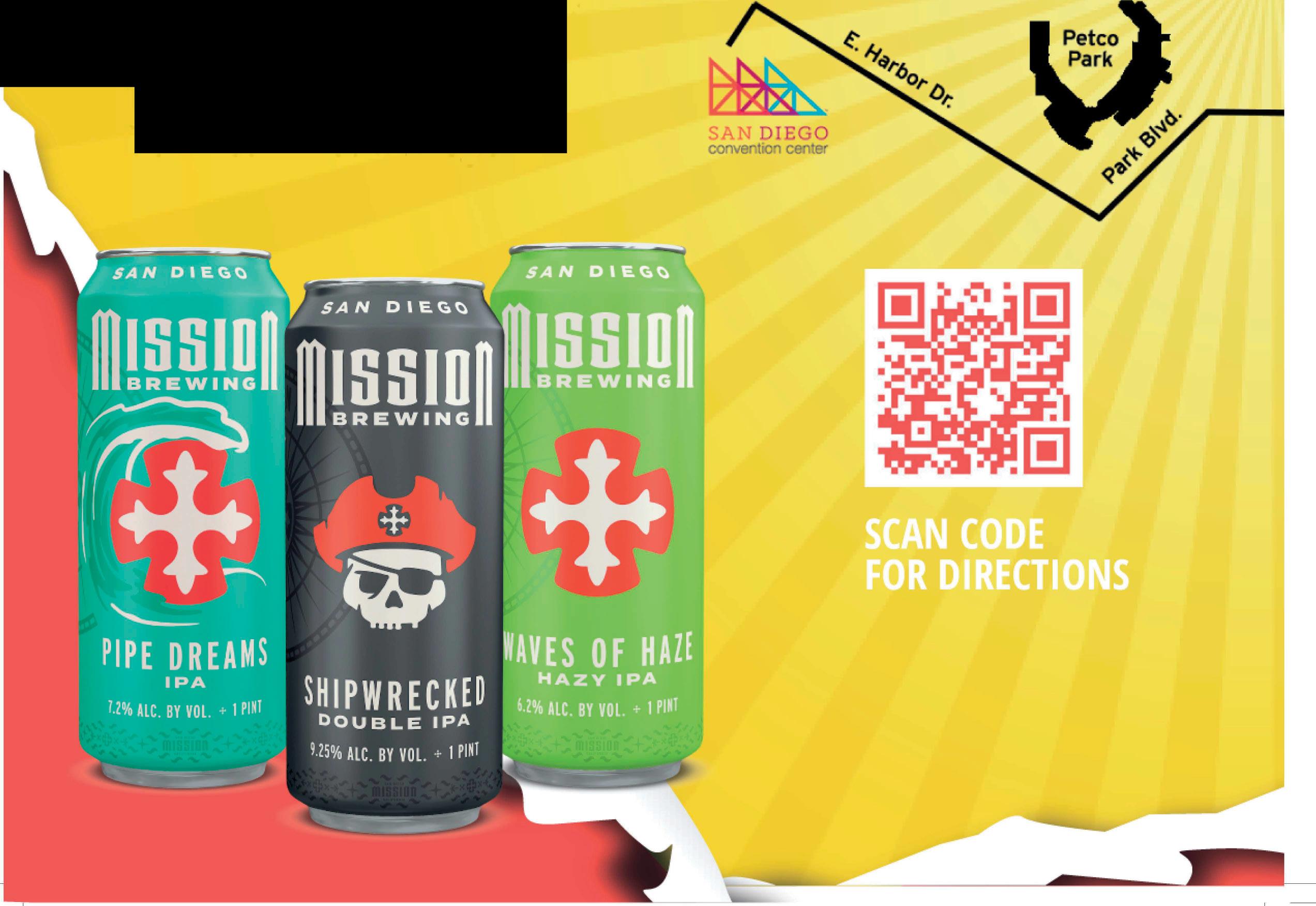



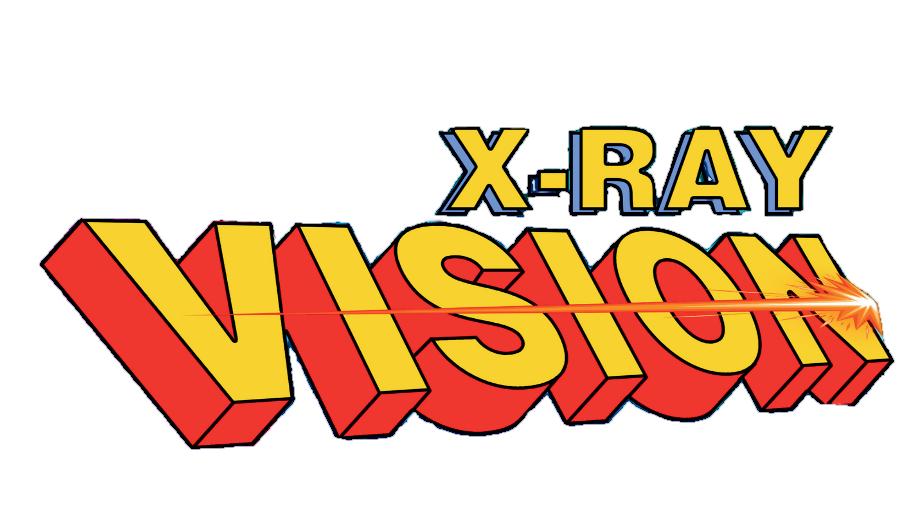


When you listen to the X-Ray Vision podcast, you’ll experience more than just hot takes and a critic’s score.
You’ll get encyclopedic knowledge of cinematic and comic book history with a focus on the content making waves today.



EPIC AUCTIONS FEATURE: Join Den of Geek for a LIVE charity auction series benefiting the Book Industry Charitable Foundation (BINC) streaming only on eBay Live this July!
ME R O F S UP E R M A N Original Superman
Rare Man of Steel Collectibles Exclusive Drops

Giveaways with Purchase




2004 The 65,000-square-foot Hall H is born. Cillian Murphy and David S. Goyer promote Batman Begins , the first blockbuster to get the Hall H treatment.

1991 The San Diego Convention Center opens (sans Hall H).



2007
2006


2010 Marvel’s Avengers assemble for the first time in public.
2006 2007 2008 2010 2009 2004 1991 2005
We look back at some of the standout geek milestones that have taken place on SDCC’s main stage . By Alec Bojalad
IF GEEK CULTURE has a cathedral, it’s located at 111 W Harbor Drive in San Diego, California. Since its founding in 1970, San Diego ComicCon has represented a divine date on the nerd calendar. However, it wasn’t until 1991, when the San Diego Convention Center was built, that the event reached another level. By 2004, the convention had gone supernova with the introduction of the hallowed Hall H.
Converted from a cavernous exhibition space at the southeast end of the facility, Hall H is reserved for the heaviest of hitters in the entertainment world. From the launch of Christopher Nolan’s Dark Knight universe to Twilight -mania, and through every step of the Marvel Cinematic Universe’s culture-conquering campaign, these are the most iconic panels and moments in Hall H history.

2008
Book fans descend upon Hall H, helping to turn the Twilight film panel into a sparkling spectacle.
2013
Tom Hiddleston takes over Hall H, San Diego, and possibly the world in a commanding performance as Loki . At the Breaking Bad panel, star Bryan Cranston reveals that he’s been cosplaying as himself on the Con floor.


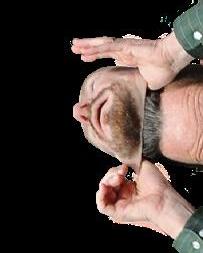

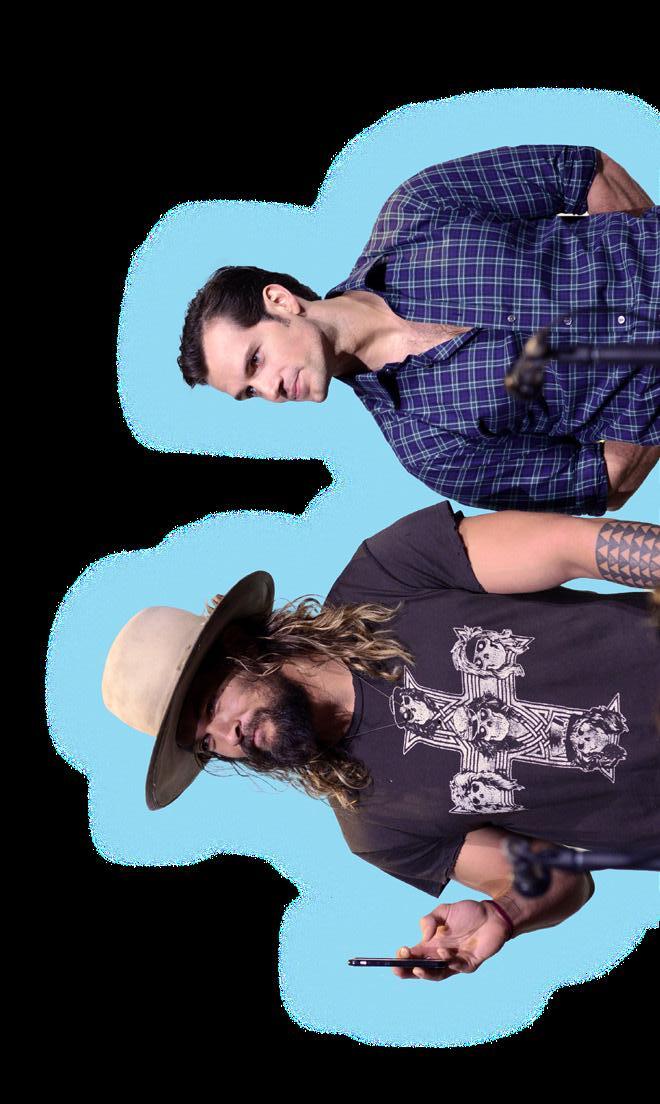
HENRY CAVILL IS SUPERMAN

2016 DC and Warner Bros. officially introduce their Justice League roster to Hall H.


2024 Marvel turns to Robert Downey Jr. again, revealing him as the franchise’s Doctor Doom .

2011 A Spider-Man cosplayer asking a question is revealed to be Andrew Garfield, the next Spidey star in The Amazing Spider-Man

MILLER SIGNING AUTOGRAPHS
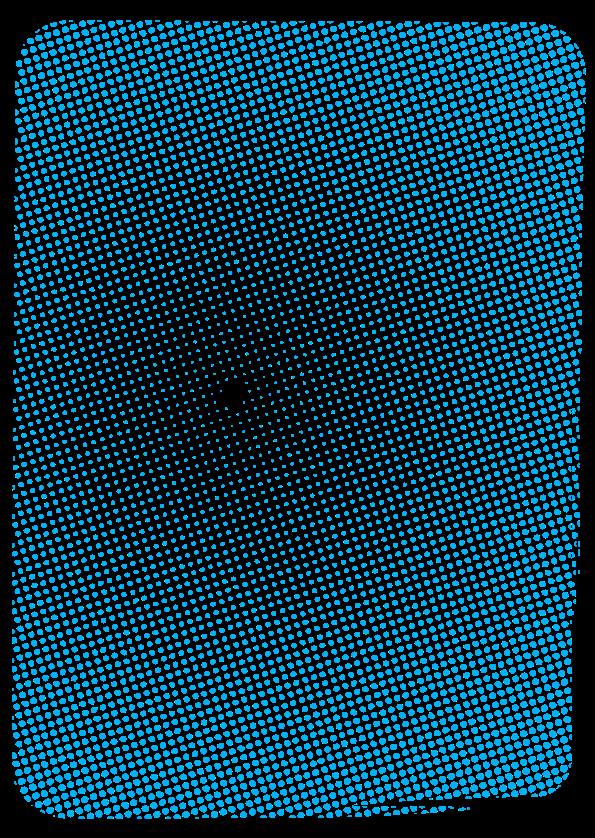
2014 Mad Max: Fury Road footage takes attendees to action-movie Valhalla.

2018 Jodie Whittaker makes history when introduced as the 13th Doctor Who.



















JAMES GUNN, JOHN CENA, AND THE CAST OF PEACEMAKER SEASON TWO REVEAL HOW A Z-LIST HERO CAME TO BE AT THE CENTER OF THE REBOOTED DC UNIVERSE.
BY JOE GEORGE



















ALOT HAS CHANGED in the three years since John Cena last donned a silly silver helmet to play the hapless hero Peacemaker. That includes the rise of James Gunn to co-head of DC Studios, from which he has given the universe a fresh reboot, complete with an all-new take on Superman.
Like any massive shift, the restarting of the DC Universe raises a lot of questions about what is and isn’t canon. But Peacemaker co-stars Steve Agee and Jennifer Holland reprised their roles as agents John Economos and Emilia Harcourt in
2022’s Black Adam and 2023’s Shazam! Fury of the Gods—so those movies count, right?
Not so, Gunn tells Den of Geek, in no uncertain terms. “They’re not canon! I hate it!” he fumes.
Such headaches are to be expected when recreating an entire cinematic universe. What’s less expected, however, is the guy who Gunn’s counting on to sort it out. Gunn doesn’t enlist the help of the Man of Steel, but rather the guy whose series has its second season premiere weeks after Superman flies into the theaters. That guy is Peacemaker, a man who loves peace so much, he’s willing to fight for it.

















“There are certain things from the old universe that we refer to in Peacemaker season two, but until then, they’re not canon,” Gunn explains. “Almost everything from season one is canon, but season two will explain everything that is or is not canon.”
That’s a lot of importance to put on a perennial Z-lister.
Created by Joe Gill and Pat Boyette, Christopher Smith a.k.a. Peacemaker made his debut in 1966’s Fightin’ 5 #40, a war comic published by the now defunct Charlton Comics. When DC Comics acquired the Charlton characters in 1983, they gave Peacemaker another shot with a 1988 solo series and a handful of guest appearances before killing him offpanel in 1993. A resurrected and reimagined Chris Smith briefly popped up in 2009 and then disappeared again.
All of that changed in 2021, when writer-director Gunn made Peacemaker a major part of his debut DC movie, The Suicide Squad. Even more surprisingly, Gunn cast wrestling superstar and actor John Cena in the role. Gunn then spun Peacemaker off into his own eight-episode HBO Max series in 2022, despite the fact that The Suicide Squad ended with Chris at death’s door after betraying his team and killing leader Rick Flag (Joel Kinnaman).
Now things are changing again, as Gunn has ascended to co-head of DC Studios and rebooted the DC Universe, a new world that began with the 2024 animated series Creature Commandos and then properly kicked off with this summer’s much-anticipated Superman.
Improbably, Peacemaker is at the center of these changes, with season two of his TV series arriving on HBO Max on August 21, just over a month after Superman. Peacemaker season two puts Chris Smith deep into the new universe, carrying over stories from Superman and even clarifying some details about the cosmic reboot.
How does a low-ranking oddball like Christopher Smith handle the pressure?
By 2021, John Cena had built a storied wrestling career, scored multiple blockbuster film appearances, and even cut a couple of singles. So why would someone of his stature sign up to play a character who was unknown even to most comic fans?
“I wanted to work in the DC universe,” Cena asserts. “The appeal, really, was working with James Gunn. He has a welldocumented ‘no asshole’ policy, so I knew I’d be working with people who are friendly and kind and make me better. That is a ‘yes’ for me, regardless of the material.”
At first glance, Cena’s desire to work with the right type of people seems to put him at odds with Chris Smith, whom the actor describes as “starving for real human companionship.”

Peacemaker is a jingoistic meathead in The Suicide Squad, a mindless killer who becomes a secondary antagonist when his teammates turn against their handler, Amanda Waller (Viola Davis), the duplicitous head of the intelligence agency known as A.R.G.U.S.
However, Gunn got no pushback when he offered Cena the part. “I have found that—uniformly—people dream of being a superhero,” Gunn says. “There’s never been a person that I’ve dealt with who was not extraordinarily excited about their costume.”
It helps that Gunn tells complex stories about seemingly silly characters. “Whether dealing with Rocket Raccoon or Superman or Peacemaker, I start with the question, ‘What if this character were real? What would bring them to the place where they are today?’” These questions, he says, inform everything from the characters’ personal motivations to costume choices.
“Superman is an alien from outer space who wants kids and people to like him. That’s why he wears the suit,” Gunn observes. “Peacemaker wants to be cool and instill fear in people, but he’s kind of an idiot. Peacemaker might instill





















fear because he looks like John Cena, but I don’t think that costume’s instilling fear in anyone.”
Whatever Gunn’s description might suggest, Chris Smith does get some self-awareness throughout Peacemaker. “When he eliminates his friend and mentor Rick Flag in a quest for peace, Chris realizes that his definition of ‘peace’ has been vague and fragmented and flawed,” Cena acknowledges.
Peacemaker’s first season puts Chris on Project Butterfly, a minor assignment that gains importance when the alien butterflies he investigates invade Earth. Along the way, Peacemaker confronts his father, Auggie (Robert Patrick), who leads a white supremacist terror cell as the armored White Dragon and blames Chris for the death of beloved older son Keith (Liam Hughes).
From these revelations, Chris Smith seems less like a thug and more like a man suffering from toxic masculinity. Although reluctant to ascribe one specific meaning to his character’s condition—“audiences can take away whatever they want,” he insists—Cena sees these revelations as the character’s main appeal.
“Chris has regrets about what he did to Rick Flag and has a lot of troubles at home. An eagle is his best friend; I think that says a lot,” he chuckles. “Eagly [Peacemaker’s CGIrendered avian sidekick] is awesome, he’s a superstar, but Chris really has very few human companions. The people who want to be his friend, like Vigilante [Freddie Stroma], he pushes aside or acts like he’s better than.”
And yet, by the end of season one, Peacemaker has stopped the invasion and faced down his father. More importantly, Christopher Smith has finally made friends—real human friends. And they’re just as messed up as he is.
In the first teaser for Peacemaker season two, Chris Smith arrives at a secret location for an interview. Across from him sits the billionaire benefactor Maxwell Lord (Sean Gunn), flanked by two members of the Justice Gang—Hawkgirl (Isabela Merced) and the Green Lantern, Guy Gardner (Nathan Fillion).
As seen in Superman, the Justice Gang are the most important superhero team in the universe. And, having just saved the world from alien butterflies, Peacemaker is ready to join their ranks.
But when a technology error enables Smith to hear all of the Gang’s snide comments, including Lord’s assessment that “this guy sucks,” Chris storms out of the building, his dignity in shambles.
No one is surprised that Peacemaker wouldn’t be welcomed by those who rub shoulders with the Man of Steel, not even Cena. “He was put on the Suicide Squad, and they’re not















necessarily our best and brightest,” he points out, “but now he wants to make it to the big leagues.”
What is surprising, however, is that Chris finds comfort from Leota Adebayo, daughter of Amanda Waller.
Throughout the first season of Peacemaker, Adebayo was a reluctant participant in Project Butterfly, pushed into service by her mother and ordered to betray Chris. But in the second season, Adebayo and Chris have a very different relationship.
“These two definitely love each other,” says Danielle Brooks, the Oscar and Tonynominated performer who is returning to play Adebayo. “They are both really fighting for the love of their parents, the people who raised them and left them kind of awkward.”
It might well be that awkwardness that helps Chris and Adebayo bond not only with one another, but also with the other weirdos in the show, which include Vigilante and their fellow A.R.G.U.S. agents Emilia Harcourt and John Economos.
After some initial bumps, Chris and his friends finally connected over their mission against the butterflies and their love of hard rock music, calling themselves “the 11th Street Kids,” after the 1984 track by Finnish band Hanoi Rocks. At the start of Peacemaker season two, the Kids have fragmented, due in part to Adebayo’s decision to reveal her mother’s actions to the rest of the world at the end of the previous season.
“Leaking information about Waller was Adebayo being a team player,” explains Brooks. “She finally understood what it was to be part of something and to be loyal. Adebayo wanted to do the right thing and stand with the team that’s been standing with her. She showed her mother and the team whose side she was really on.”
Such declarations of loyalty may be enough to get Harcourt to forgive Adebayo, but it’s not going to make things any easier for the one-time agent. “A lot of the characters have shifted in different ways,” Holland says. “At first, Adebayo was the new girl, Harcourt was the capable professional and Peacemaker was the emotionally fucked-up buffoon. But Peacemaker has grown since season one, while Harcourt has regressed in a lot of ways.”
“HE HAS A WELLDOCUMENTED ‘NO ASSHOLE’ POLICY, SO I KNEW I’D BE WORKING WITH PEOPLE WHO ARE FRIENDLY AND KIND AND MAKE ME BETTER.”
— JOHN CENA ON THE APPEAL OF WORKING WITH JAMES GUNN.
John Economos is back on familiar ground, working for Waller. “I’m back at A.R.G.U.S., back on computers doing my usual shit,” chuckles comedian Steve Agee, who has been playing Economos since The Suicide Squad. But familiarity does not mean life is better for the sad-sack nerd, last seen in animated form in Creature Commandos. “I don’t think that Economos has ever been comfortable. He’s kind of been beaten down by life. He’s had a lot of jobs that haven’t been super pleasant, dealing with a lot of people who haven’t been super pleasant.”
According to co-star Jennifer Holland, things aren’t too much better for her character, the capable but cold Emilia Harcourt. “She’s in a worse place than she was in season one. She lost her job after Adebayo’s leaks, and she’s desperate. Her whole life has been spent as a soldier, so she doesn’t have a whole lot of close personal relationships.”
Of course, a lack of personal relationships is the founding ethos of the 11th Street Kids—and it’s that yearning for connection that binds the group together. Even Adebayo’s decision to reveal Waller to the world was an attempt to bond with her teammates.
Whatever growth the characters have experienced, they can’t escape their past demons. In Chris’ case, those include the new head of A.R.G.U.S., Rick Flag Sr., who uses his position to get revenge against the man who killed his son.
“I’m the heavy,” says action veteran Frank Grillo, who reprises his role as Rick Flag Sr. from Creature Commandos and Superman. “Flag sees metahumans as aliens. They’re beings who need to be controlled because it’s easy for them to get out of control. Cena’s character is the hero, regardless of his behavior, but as far as Rick Flag Sr. is concerned, Peacemaker’s a bad guy.”
As if cutting a wrestling promo, Grillo starts to laugh. “Peacemaker’s gotta go, he’s gotta feel the wrath.”



So is Peacemaker the hero and Flag the villain? Or is it the other way around? Moral compasses aren’t so clear in Peacemaker, and that’s all part of Gunn’s design.
“In the DCU in general, we’re finding shades of gray in people’s morality,” says Gunn. “That’s even with Superman, who’s as good as you can get, or the Justice Gang, who are heroes, but they’re corporate tools. It’s never a black-andwhite thing. And then there’s Peacemaker, an incredibly complex and conflicted individual who has done a lot of incredibly bad things. But even he has a sensitivity that’s been bashed down by his father and society.”
It certainly helps that Cena comes to the role with what he calls “a hardened shell,” developed through years in the ring. “The live wrestling audience is enthusiastic and at points relentless. The crowd will sing my theme song at the















top of their lungs and will scream that I suck,” he says. That devotion to the part impresses his on-screen nemesis Grillo, who says: “My hat’s off to John Cena because the way he plays Chris, you can’t help but love him.”
The respect that Cena and Grillo can show one another comes in part from their long history working in action entertainment. That background also prepares both these actors for some intense fight sequences for Peacemaker’s second season.
“I’m mostly contained, but I have one big fight scene with Cena. It’s fun and brutal,” teases Grillo, before pointing to another castmate whose physical prowess impressed him. “Jennifer Holland’s fight stuff is phenomenal!” he enthuses.
While thrilled with the end result of Harcourt’s massive episode one rumble, Holland is quick to point out that it didn’t come to her easily. “I couldn’t have done it without my stunt double, C.C. Ice,” she admits. “C.C. tirelessly trained with me. All the stunt actors in that scene with me were

PEACEMAKER ALLY AND DC VETERAN EMILIA HARCOURT (JENNIFER HOLLAND) BEGINS
SEASON TWO IN A DARKER PLACE THAN BEFORE.
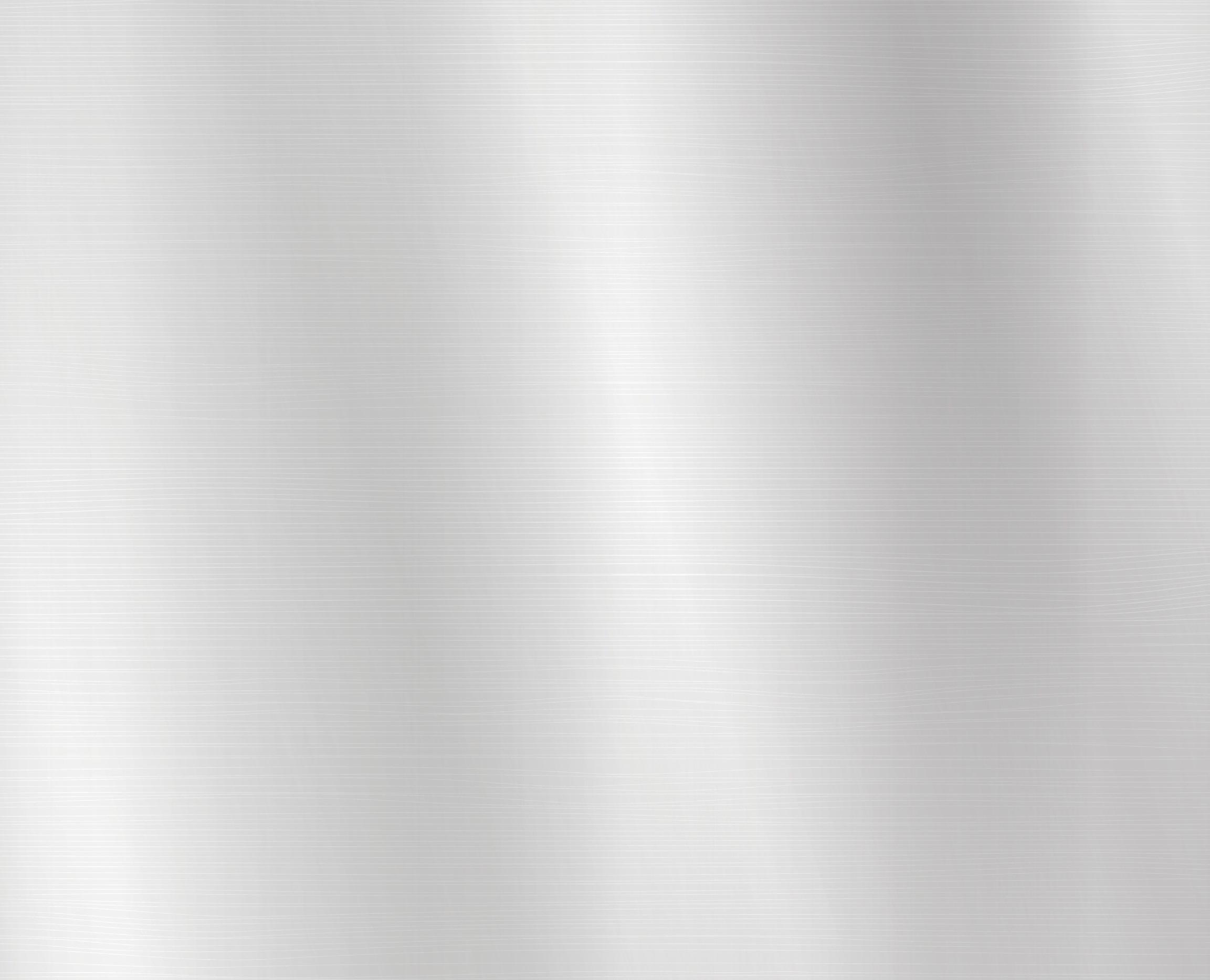

















training in the gym for weeks to get it right.” In fact, all of the 11th Street Kids get their big moments in season two… whether they want to or not.
“John Economos is a reluctant hero,” laughs Agee. “Pretty much everything he does is against his better judgment. He’s very much like me. Honestly, though, I would be super stoked if I saved some people’s lives by killing a monster gorilla,” referring to Economos’s moment of gory heroism in the first season. “I would be so jazzed.”
As a show about superheroes and alien invaders, Peacemaker has to nail the action scenes. But the cast found another, very different physical aspect of the show even more challenging. And, in a way, more important. “We really had to get the opening dance number dialed in,” reveals Grillo. “James was very serious about it.”
Every episode of Peacemaker season one opened with the entire cast, in costume, dancing to “Do You Wanna Taste It” by Norwegian glam metal band Wig Wam. The song turned out to be a viral hit, inspiring hundreds of imitators on social media. For season two, Peacemaker’s dialing things up with a new song, new moves, and a much bigger cast.
“There are so many more people in the cast. Tim Meadows and Frank Grillo and Sol Rodríguez and David Denman. There are so many people,” says Agee with some awe. “It’s a huge dance number, oh my god.”
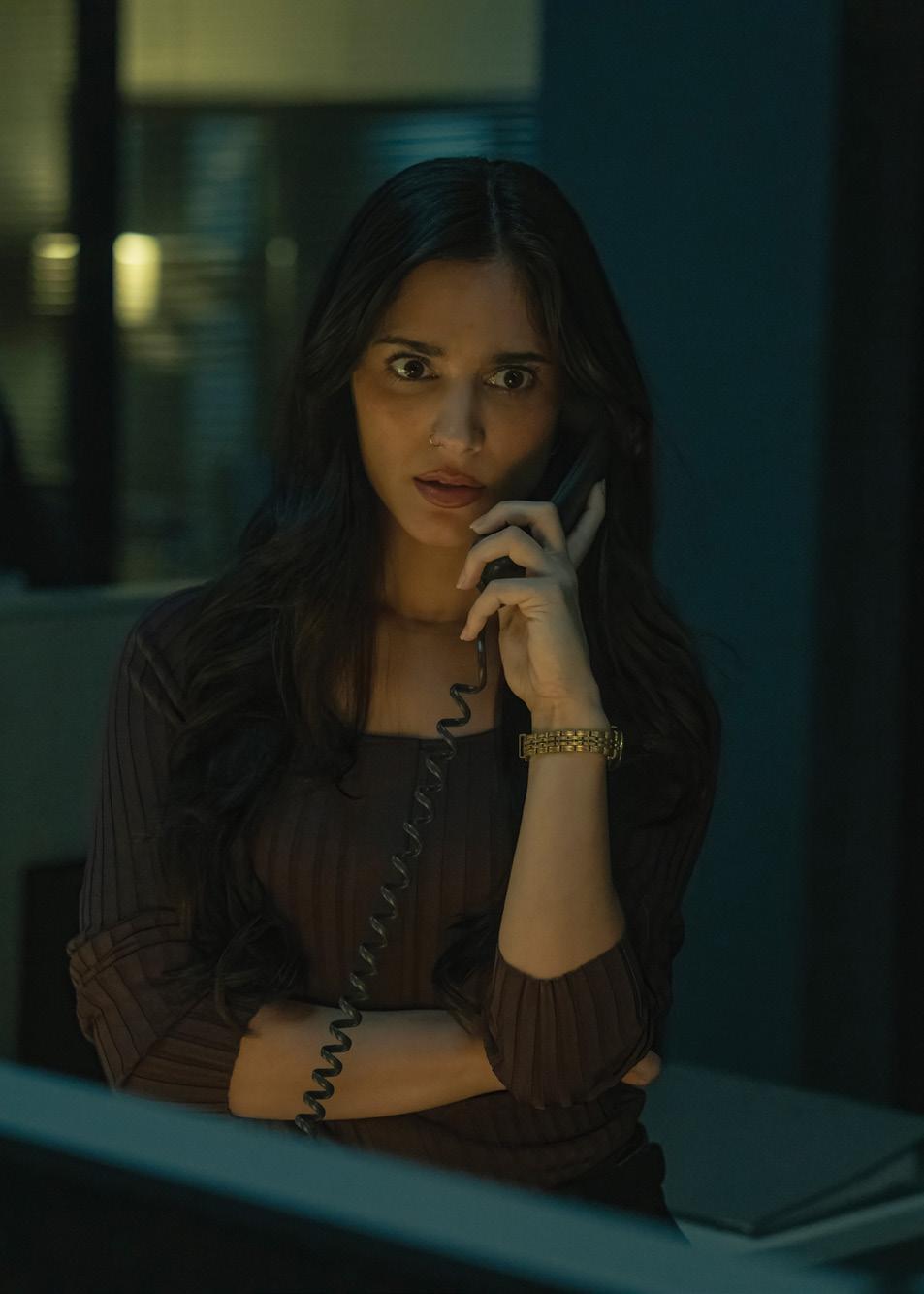
Even Brooks, who comes to the show with a theater degree from Juilliard (a credit she puts into perspective by noting that “Juilliard really can’t prepare you for falling out of a giant alien cow”), found the sequence challenging. “You know when you have to pat your head and rub your stomach at the same time? That’s what it felt like,” she jokes. “But once it clicks in the body and everybody is doing it all together, it really, really works.”
“You’ve got this crazy cast of people who are totally one hundred percent in on this journey, and we’re doing this weird dance, and everyone is just ego aside,” adds Holland. “You see someone like Tim Meadows [the SNL veteran who plays A.R.G.U.S. agent Langston Fleury] really wanting to get it right, and it’s a really special experience.”
“The first time I saw the dance number, I was smiling ear to ear,” Agee concludes. “People are going to love it.”
Clearly, the change in the opening credits is a big deal, one that’s sure to draw a lot of attention to Peacemaker season two. But there’s another huge change that the show needs to deal with this time around: a full reboot of the entire DC Universe.










On one hand, Gunn has a simple explanation for those who don’t quite understand the status of past DC Extended Universe stories in his new and rebooted DC Universe.
“Nothing is canon before Creature Commandos,” he confirms, “but you can think of those other things as vague memories of things that have happened, going back even to the first Suicide Squad.”
On the other hand, Gunn also knows that these issues come with the territory. “There are going to be mistakes when you’re building a world as large as these ones are, whether it’s Game of Thrones, Star Wars, DC or Marvel. It’s going to be complicated, you know?”
That’s certainly true of the DC Universe, which has already been rebooted in the world of comics multiple times since 1985. As a longtime comic book fan himself, Gunn can roll with the changes.
“I’m a balanced canon guy,” he observes. “On the one hand, people take it a little too far. Obviously, these are fictional stories, so we don’t have to pretend that they’re reality. But at the same time, these stories are supposed to be in the same world, and you need to pay attention to the connection between things.”

Such complications are worth it, especially for someone like Gunn, who gets to fill the universe with oddballs from the comics, even if he can’t get them all on the screen yet.
“The Legion of Super-Heroes is a difficult thing to bring to life,” he says of DC’s long-running series about 31st-century teenagers, and he hasn’t yet figured out how to adapt his personal favorite, the magical imp known as Bat-Mite.
“I would love to be able to figure out a way to do Bat-Mite, or at least Peace-Mite, because I’m sure there’s an imp somewhere in the Ninth Dimension who worships Peacemaker,” Gunn reveals. “In fact, we see some imps in season two of Peacemaker.”
Clearly, Gunn isn’t done with the weirdos of the DC Universe, and that’s good news for Chris Smith. In fact, to hear Cena tell it, nothing can hold back Peacemaker, not even Gunn’s own rules.
“James Gunn made a sacred oath that he’s not bringing characters back from the dead, and he already broke that by bringing Peacemaker back after he died in The Suicide Squad,” teases Cena. “So I can confidently say that the future of Peacemaker is one that will defy the odds.”
That’s perfectly said, because when you’re talking about guys like Christopher Smith, “odd” is definitely the word.
Peacemaker season two premieres on Aug. 21 on HBO Max.
In the prequel series Alien: Earth’s vision of the year 2120, moisture seeps in everywhere you don’t want it to be. Damp rot creeps through the walls of a technocrat’s otherwise sterile compound, requiring hazmat cleaning crews to clear away the subsequent fungal growth. Climate change has flooded cities across the globe, rendering simple boats the most efficient form of local transportation. And then there’s the title creature itself: a glistening, drooling monstrosity that only a mother could love.
“Alien is such a distinct aesthetic,” Alien: Earth creator and showrunner Noah Hawley says of Ridley Scott’s hallmark 1979 film. “Something’s always dripping. It’s a very wet environment, and I wanted to translate that dynamic here.”
If anyone knows a thing or two about translation, it’s Hawley. The writer, director, producer, and author first came to pop culture prominence by adapting the Coen Brothers’ crime classic Fargo into a successful anthology series, which ran for five offbeat seasons on the cable network FX. Hawley is also responsible for a heady, psychedelic take on the X-Men mythos with the Dan Stevens-starring series, Legion. Delving into the universe of the hallowed Alien franchise, however, represents a whole new xenomorphic beast.
Picking up two years before the events of Scott’s film, FX and Hulu’s Alien: Earth opens with familiar monochrome green text describing the state of play. The human population of a soggy Earth is on the hunt for immortality as five mega-corporations—Prodigy, Lynch, Dynamic, Threshold, and a certain multinational called WeylandYutani—compete to achieve artificial sentience and control the future.
Left unsaid in the opening scrawl, but implicit for anyone who’s seen an Alien film, is that the search for immortality will have to go through an extraterrestrial harbinger of death. This time, H.R. Giger’s xenomorphic creation is coming to Earth as a monstrous payload aboard a crashing Weyland-Yutani vessel—the USCSS Maginot.

Alien: Earth showrunner Noah Hawley and stars Sydney Chandler and Babou Ceesay bring a classic movie franchise to television… and monsters to humanity’s front door.
BY ALEC BOJALAD


I genuinely don’t think I would have auditioned for [a version of Ripley]. You can’t do that. She’s her own character.
— SYDNEY CHANDLER
While the Alien franchise timeline is a tangled knot— consisting of four mainline films, two often-ignored crossovers with the Predator franchise, two Prometheus prequels, the 2024 sidequel Alien: Romulus, and a heaping pile of video games, comic books, novels, and short films
Alien: Earth simplifies that continuity down to a more manageable focus on the original film and its James Cameron-directed sequel, Aliens. This way, a xenomorph’s arrival to Earth is fully unprecedented without any “But the black goo in Prometheus!” qualifications.
Per Hawley, the logistical questions presented by the franchise’s canon aren’t integral to Alien: Earth’s mission. “There is surprisingly little mythology in the Alien film universe,” he says. “All we really know is that there’s this company called Weyland-Yutani, and it has a knack for putting its employees in terrible danger.”
What’s more important is the feeling that a good Alien story instills. To capture that feeling, Alien: Earth harkens back to the very beginning.
“When I heard that they were making an Alien TV show, I was initially very hesitant,” star Sydney Chandler says.
“Then I saw that it was Noah Hawley. He took the essence of Fargo and somehow created this entirely unique piece that still honors the essence of the movie. He’s done the same thing here. He’s created his own characters, his own world, his own obstacles and drama, but it still feels like it is honoring Alien on every page.”
The USCSS Maginot is not a perfect recreation of Alien’s doomed USCSS Nostromo, but it’s close. Familiar pallets dot the grated floors of the vessel’s claustrophobic halls. The crew (many of whom smoke like chimneys and sport distinctly late ’70s/early ’80s hairstyles) wake up from hibernation in identical pods and make their way to a mess hall that looks like it should already be covered in John Hurt’s blood. The mainframe room containing the supercomputer MU-TH-UR 6000, or “Mother,” has exactly the same shape, lights, and iconography as its Nostromo cousin.
According to Alien: Earth production designer Andy Nicholson, the reason for these similarities goes beyond

mere homage and into a more fundamental law of the universe: corporations are really cheap.
“The Yutani design motif for the Nostromo was so strong that any other ship of that period in the Yutani fleet would just take design elements from it,” he explains. “I’ve been on both an aircraft carrier and a cruiser in the [British] Royal Navy as part of research on previous shows. And the rooms are pretty identical on both, even though the ships are massively different. Because they know it works. It’s practical. It does a job.”
“There’s nothing new or shiny about Alien— no white walls or pristine costumes,” adds Chandler.
“There’s rust, and there’s grease. I love that that environment comes into this show.”
The production design team meticulously studied imagery from the original Alien movie to match the look of the Maginot to the slightly larger Nostromo Nicholson’s propmaster was even able to track down, from a manufacturer in China, retro-style 4:3 aspect ratio CRT TVs made with
modern electronics for the ship’s displays. After drawing up plans for all of the Maginot sets, the team discovered original blueprints for the Nostromo in the Disney archives. They were delighted to learn that their scaled-down version was mostly dead-on, save for a notable trick from the original design that had beguiled them.
“Just before we finished putting the ceiling on the set, we found out that they’d actually had the ceiling raised up and down so that if they wanted to change a shot, they had six-to-eight inches of movement—just enough that you can make a huge difference to what the framing was. It just was a masterclass in how to design amazing sets,” Nicholson says.
There were no blueprints, however, for crafting Alien: Earth’s depiction of life on a sweltering globe in the year 2120. Initially, the production staff started designing concepts and imagery for the series before a filming location was locked down. Once Thailand was selected, Hawley realized that setting the Earthbound portions of the story in an urban Thai locale known as “Prodigy City” made the most sense. (Funnily enough, filming on the lugubrious Alien: Earth happened to coincide with The White Lotus season three’s time in Southeast Asia, though Hawley didn’t get the chance to reunite with his former Fargo star Carrie Coon.)
“My feelings as a filmmaker are always, ‘Let’s embrace the reality that we have around us,’” Hawley says. “Andor did amazing things with London and set extensions, but I didn’t have that kind of money. I thought that we should embrace Bangkok as much as possible. It’s going to be the most efficient and cheapest way to do it.”
“[Bangkok] is a city that has gone from wooden architecture through the invention of concrete, and it was never colonized,” Nicholson adds. “So it’s got a very interesting look. There’s some wonderful ’30s and ’40s

Brutalist architecture in there. At the time when we designed and built the set, it was intended to be a city that could be anywhere [on the planet]. I’ve seen streets like that in Italy and Spain; you know, I’ve seen bits of buildings like that in America.”
The crashing of the Maginot brings the original Alien’s vision of analog sci-fi machinery into metaphorical and literal alignment with Earth’s sleeker futuristic cityscape of Prodigy City. The tactile feel of the Maginot combined with the blistering heat of the on-location Thai sets and 13 soundstages provided a beneficial sense of place for the show’s cast.
“I love that the environment comes into the show. To bring in the heat and to bring in the sweat—it’s both gross and awesome. It’s fun going to the makeup chair, and your makeup routine is just dirt,” Chandler says.
Babou Ceesay wants to show us his arm. The British actor —who plays Maginot security officer Morrow—produces a crumpled envelope and reaches inside, pulling out a salmon-sized rubber appendage. “They let me keep it,” he says, handling the floppy prop. “I was wearing it for 16 hours a day. We’d lube it up to get my arm in there. It’s three millimeters smaller than my actual arm, so it grips really tightly, which means I can use it.”
Morrow and his powerful paw are part of the Alien franchise’s long legacy of cybernetic characters. Ever since Ian Holm’s Ash was revealed as a secret robot in the original film, artificial intelligence has been as integral to the franchise as its gooey aliens.
Ceesay grew up in West Africa watching VHS copies of the Alien films (“probably piracy somewhere there,” he admits) and, as such, was excited to embody one of the franchise’s signature synths. As it turns out, though, Morrow is not a synth but a cyborg in the series.
“Morrow’s like an iPhone 1 in an iPhone 20 world,” Ceesay explains. “I think he wishes that he were all

machine. Humans have foibles. Machines don’t. All those weaknesses, he wishes they didn’t exist.”
Putting its prequel status to good use, Alien: Earth recontextualizes the emergence of robotic helpers as a technological arms race akin to Thomas Edison and Nikola Tesla’s competition over electrical currents in the 19th century. This time around, the five mega corporations on Earth are all experimenting with different methods of achieving cyberpunk immortality. These attempts take the form of cybernetically enhanced humans (cyborgs), artificially intelligent beings (synths), and synthetic beings downloaded with human consciousness (hybrids).
“Which version is [Tesla’s] AC or [Edison’s] DC?” Hawley ponders. “It’s about the next step for human beings. Is that cybernetic enhancement to the human body? Is it just synthetic AI? Or is it this transhumanism? If you have


these three technologies in competition, inherently, that’s the battle for the future of humanity.”
While Morrow is the series’ resident cyborg, and Timothy Olyphant’s Kirsh its resident synth, it’s Sydney Chandler’s Wendy who operates as both the story’s lead and its most radical technological allegory. The relationship between humanity and its machines is often symbolically paternal in science fiction, but Alien: Earth takes it a step further. The entity known as “Wendy” is the mind of a terminally ill child that’s been transplanted into the powerful body of a machine that resembles a young woman.
Wendy’s brain has to be prepubescent because adult minds are too “stiff” to make the jump to a new form. The human-to-machine transition was pioneered by young Prodigy CEO Boy Kavalier (Samuel Blenkin) at his lush



(and, yes, damp) island lair. The name of said lair? Neverland, obviously.
“I had this instinct for Peter Pan as a classic metaphor about children growing up. And then when I delved deeper into it and re-read the book, I realized, ‘Oh, this is a horror story,’” Hawley says. “It’s super dark, man. Peter Pan is almost a sociopath. He’s a lost boy who doesn’t want to grow up, but of course, we need to grow up if we’re going to survive on this hot, wet planet.”
Since there’s no precedent for human-to-machine creations in the Alien canon, Chandler and the other performers portraying Prodigy’s “Lost Boys” hybrids had to get creative in preparing for the unique roles. This involved working with movement coach Daniel O’Neil and child development coach April Beresford to indulge in some childish activities such as painting rocks, having sing-alongs, and trying out other preschool classics.
“On the very first day, our movement coach set up chairs in the center of the room, turned on some music, and said, ‘Go.’ We’re all adults who barely know each other, and now we’re playing musical chairs,” Chandler says. “That broke all of the ice for us as actors and as people and as characters. I think any group of coworkers should definitely do something like that because it allows you to throw away any preconceptions or fears.”
Establishing Wendy’s sense of childlike heroism also continues the Alien legacy in an understated but still important way. Among its generational peers, Alien has always stood out as a “female franchise,” as Hawley puts it. While similar sci-fi stories have often marginalized or even infantilized women, Sigourney Weaver’s Ellen Ripley defied her male crewmates’ expectations by proving to be the ultimate survivor. Though the youthful and naive Wendy is no Ripley analog, she continues her impressive legacy all the same.
“I genuinely don’t think I would have auditioned for [a version of Ripley]. You can’t do that. She’s her own character,” Chandler says. “There’s an incredible authentic strength that is portrayed in the Alien franchise through its female leads. And to be able to be a part of that, and to delve into that, was a gift.”
The original Alien tagline accurately reports: “In space, no one can hear you scream.” On Earth, however, those shrieks come through just fine. Generating that terror for all life, organic or otherwise, on Alien: Earth is the franchise’s most iconic ghoul: H.R. Giger’s Lovecraftian xenomorph.
Operated by stunt performer Cameron Rodger Brown inside a suit, Alien: Earth’s killer is the spitting image of its foremothers. It’s a formidable sight stalking the twisted metal of the wrecked Maginot, even for the actors involved.
“The creature work was extraordinary,” Ceesay says. “Even before we got to filming, we did this screen test like

Alien is such a distinct aesthetic. Something’s always dripping.
— NOAH HAWLEY
an actual shoot. I hadn’t met Cameron yet, but he was already in the suit, eight-foot tall, that glistening drool falling out of his mouth. I felt anxious in that moment. My human nature just kicked in and said, ‘Threat!’ There’s a big set of teeth right in front of you.”
“One of the things that made Giger’s xenomorph creature so horrifying was the fact that it never stayed in one state,” Hawley notes. “First it is an egg that a facehugger comes out of. You’re like, ‘I’m out. That’s the worst thing I’ve ever seen.’ Now it lays an egg in you that then hatches out of your chest, killing you. You’re like, ‘Now I’m totally out. That’s awful. That’s the worst thing.’ Then it grows to be 10-foot tall with two mouths.”
As evolution’s “perfect organism” and an enduring cinematic icon, the xenomorph’s design is all but impossible to improve upon, so Alien: Earth doesn’t bother to try. In the interest of presenting something novel, though, the show adds several more extraterrestrial critters to the Alien mythos. It helps that, unlike the Nostromo, the Maginot’s mission to discover, catalog, and capture alien life is explicit. The dimly lit rooms of the ship are dotted with tanks full of squid-like specimens just waiting to burst out and wreak havoc.
“I had to solve a problem,” Hawley says. “If I’m going to create an Alien story based on Ridley’s movie, I have to try
to recreate every feeling that you had watching Alien for the first time. But after five other movies, I can never recreate the discovery process of that alien evolution of life. The only way I can do it is to bring in other creatures. I was just trying to solve a practical challenge for myself.”
Indeed, many of Alien: Earth’s innovations come down to simple problem-solving. The xenomorph is too perfect to improve upon, so new alien life must be introduced. Futuristic sci-fi automobiles are difficult to render, so boats roam a flooded Earth. The biggest problem for Alien: Earth to solve, however, is a simple question. A good Alien story isn’t just about whether humanity will survive but whether it deserves to. Confronting that question led Hawley straight to Neverland…. “I always say if you want to know where a character is on the moral spectrum, look at their relationship to a child in the story. Who is more human than a child, right? They’re bad liars. They don’t know how to pretend they’re not scared.”
In that respect, Wendy may be the first hybrid in the Alien mythos, but she is far from the only child in a grown-up body. Up against a xenomorph, we all might as well be children.
Alien: Earth premieres with two episodes on Aug. 12 on FX and Hulu.


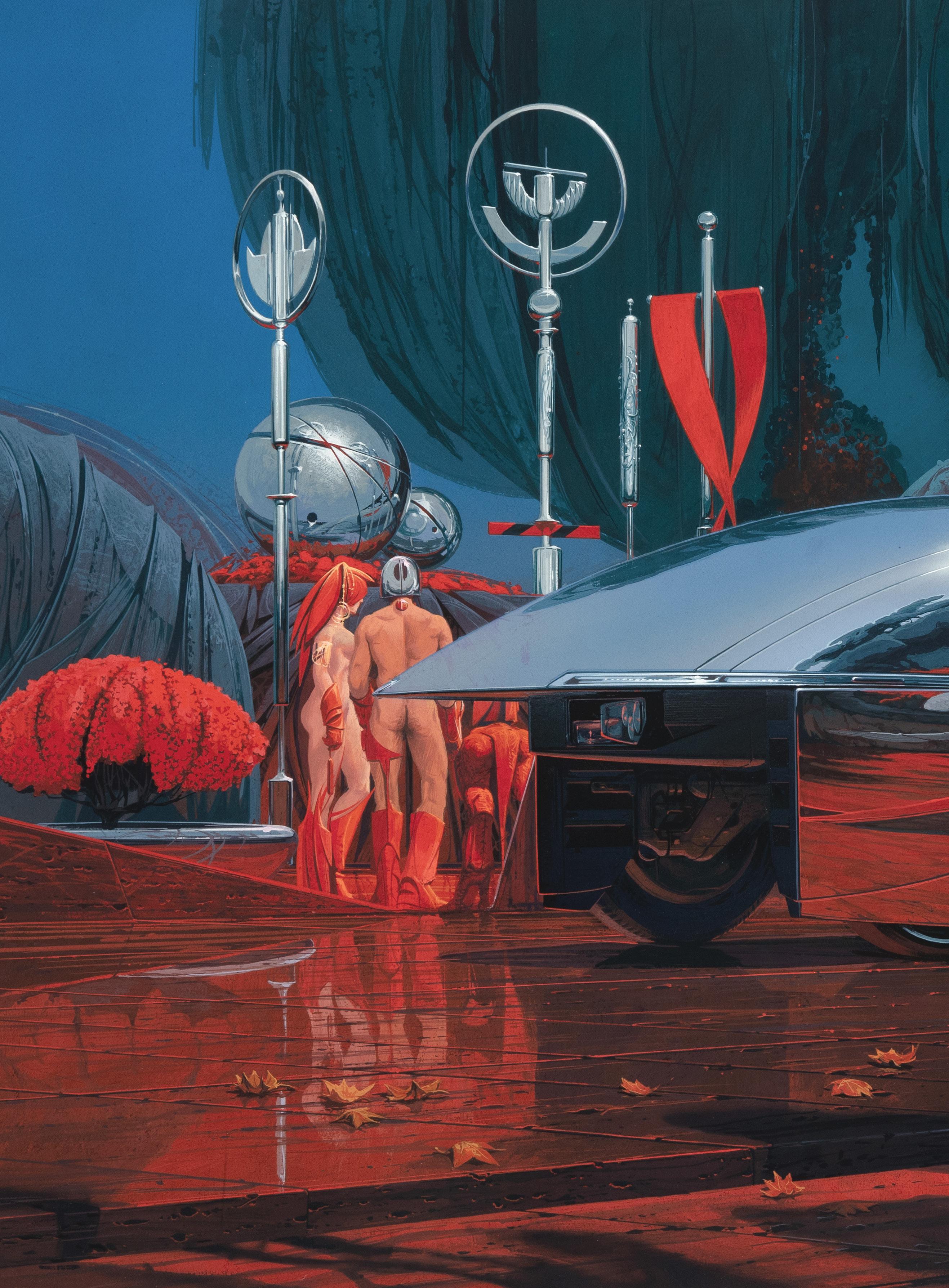
WHILE THE LEGENDARY VISUAL FUTURIST IS BEST KNOWN FOR HIS CONTRIBUTIONS TO DESIGN, AUTOMOTIVE, ARCHITECTURE, TECHNOLOGY, AND CINEMA, AT THE HEART OF SYD MEAD’S CRAFT IS THE EXPERT HAND OF A MASTER FINE ARTIST.
BY WILLIAM CORMAN AND ELON SOLO



1. Pebble Beach (2000)
Created for the renowned Pebble Beach Concours d’Elegance in 2000, this triptych captures the spirit of Monterey’s famous auto show through Syd’s futuristic lens. Look closely: his own 1994 Cadillac, license plate OBLAGON, sits in the bottom left, surrounded by concept cars of the year 3000. The entire scene is washed in a sunset glow, inspired by what Syd called the “Kurosawa Moment” —a tribute to the legendary director’s warm, cinematic light. A perfect ending to a perfect day, frozen in motion.
2. Cavalcade to the Crimson Castle (1996)
A procession of forms, fashions, and life itself… seemingly divergent yet moving as one. Cavalcade to the Crimson Castle shows a great migration, a togetherness of being moving towards something beyond. Cavalcade is a darker work, yet the title suggests hope on the horizon. The work was done for “Bright Red Mysteries,” a solo exhibition Syd had in San Francisco in 1996. We understand it as Syd’s tribute to the lives lost too soon to AIDS.


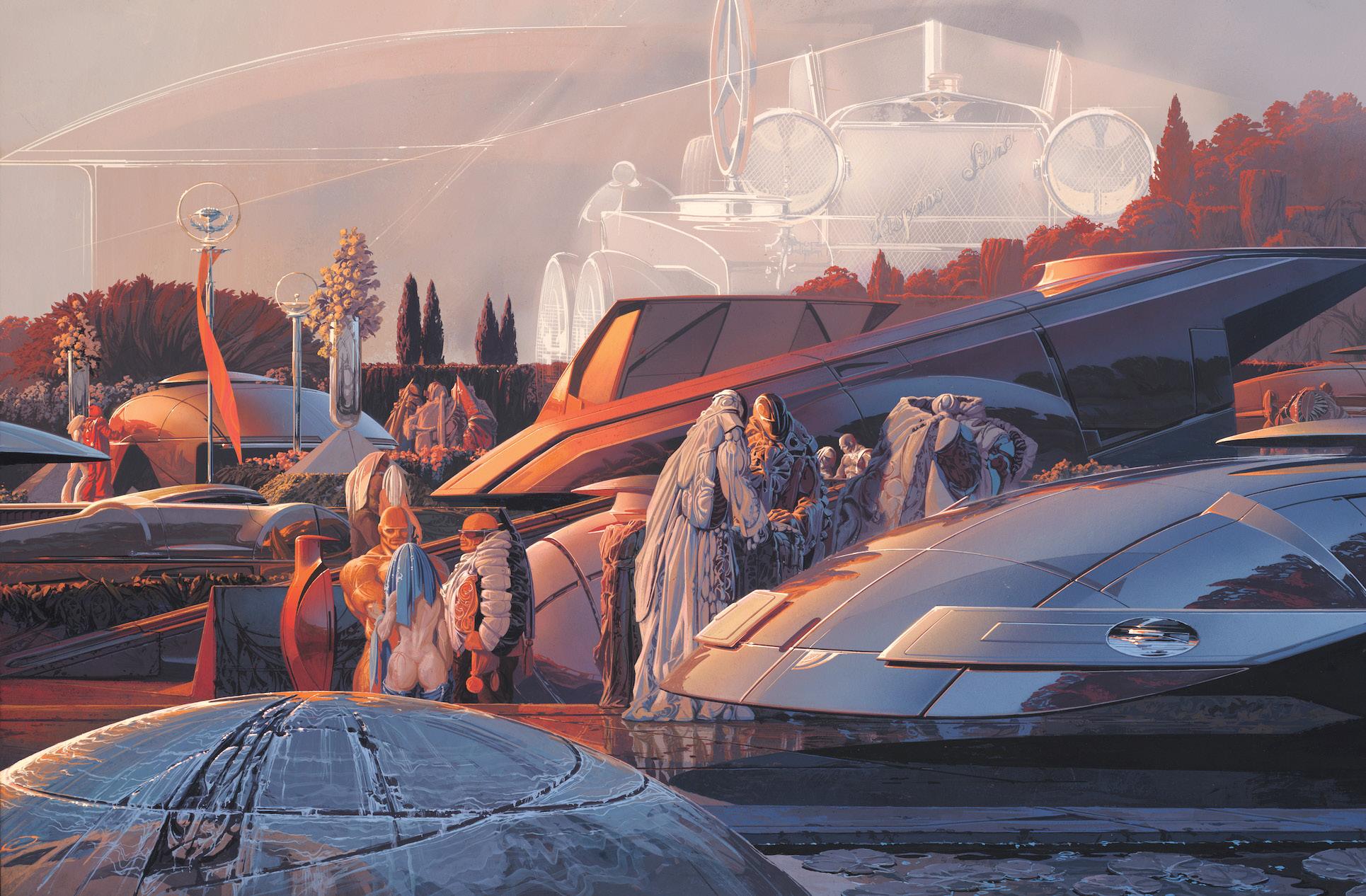

Hypervan - Crimson Plaza (2003)
This is the Hypervan, a private vehicle concept created by Syd Mead late in his career. It’s a vision of mobility steeped in both ancient grandeur and futuristic precision. The windows are replaced with a seamless RGB pixel field, giving its passengers anything from the illusion of total transparency to an immersive surrounding of their own choosing. The high stance allows the Hypervan to function as a “low flying” aircraft, with laminar panels underneath to manage air stream at speed. And it’s completely self-driving, a concept Syd championed since the 1960s.
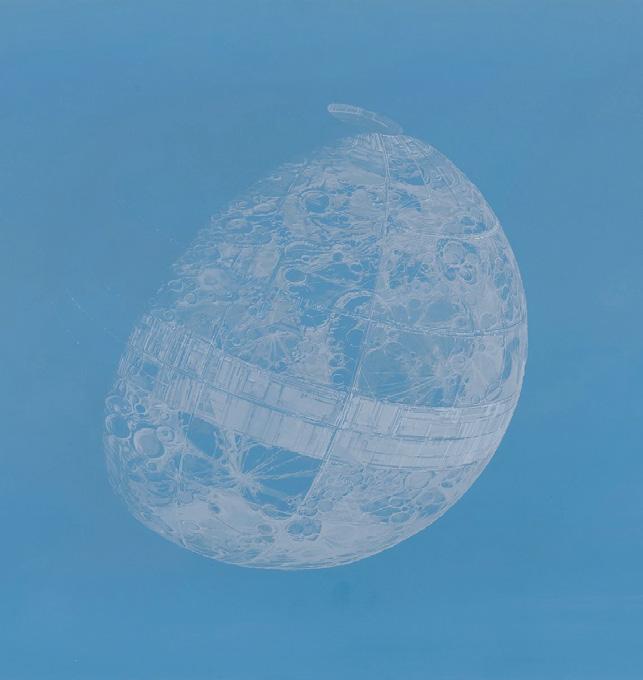
3. Moon 2000 (1979)
A quiet poem on advancement, Moon 2000 is one of Syd’s most concise visions of the future. The lunar equator hums with automated factories, sustaining Earth while leaving its fragile ecosystem intact. This vision took shape one crystalline morning as Syd gazed at the moon over San Juan Capistrano.
4. Party 2000 (1977)
Inspired by a series of trips Mead took to Brazil in the early 1970s, in Party 2000 a woman’s futuristic headdress expands like a peacock’s fan for maximum glamor upon arrival—then retracts, letting the night unfold with effortless style. Party-goers are decked out in a custom fashion style of Mead’s creation: Steel Couture. The rings they carry, known as “hi-lo rings,” are more than just accessories; they’re futuristic sensation devices—tuning emotions, amplifying pleasure, and syncing the crowd into a shared rhythm of euphoria.



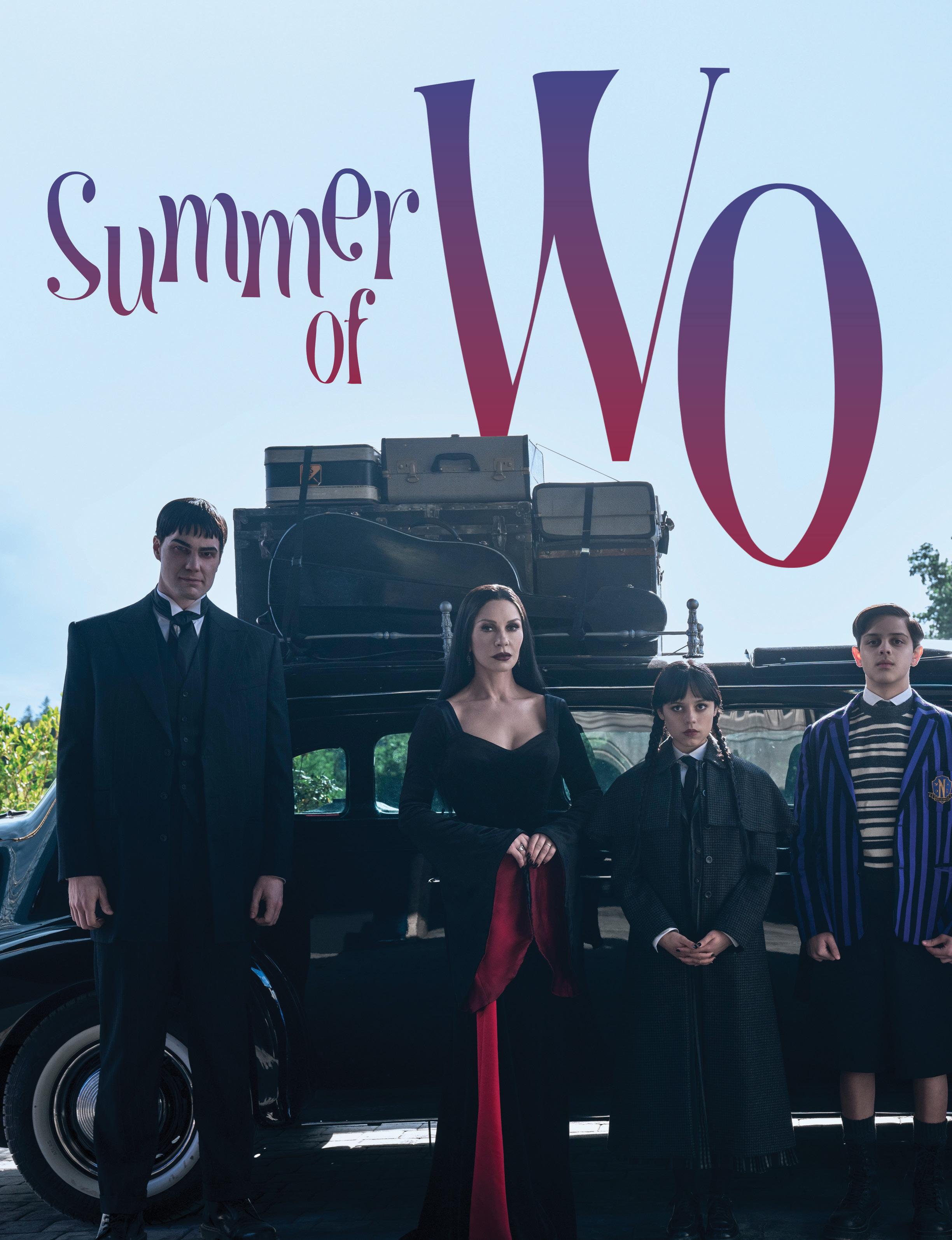


Alfred Gough and Miles Millar and stars Luis Guzmán and Hunter Doohan take us back to Wednesday’s alma mater.
BY DAVID CROW
he key to writing a brutally funny Wednesday Addams joke is to not write a joke at all. By virtue of her macabre predilections and hobbies—as well as the naturally sardonic performer channeling her on Netflix—the humor speaks for itself. Take the first scene of Wednesday season two, where the daughter of Gomez and Morticia finds herself bound and gagged at the tea party from hell. All around her sit eerie dolls made with real human hair and other ghoulish accouterments. Yet Jenna Ortega’s raven-hued vigilante seems nonplussed about her situation when she makes eye contact with the camera.
“I’m tied up in a serial killer’s basement,” her voiceover states with the undercurrent of a boast. “Who says nightmares don’t come true?” To showrunners Alfred Gough and Miles Millar, this is the epitome of Wednesday’s appeal as a character and series.
“I think it’s really about her point of view,” Gough says of why the humor of the show connects with so many people. “I think when you write to a joke, it always falls flat. It always feels like you’re reaching. Every one of her lines is really her point of view, and that’s what is ultimately funny about Wednesday: how she sees the world.” That and, as Millar also adds, keeping her lines clipped. “The fewer words she says, the better.”
Indeed, the mind adds far more to the punchline when that opening scene ends with the tables turned and Ortega the one standing over the killer with a knife. “Now,” she lightly smiles, “let’s play dolls.”
It’s funny, a tad disturbing, and a sign that things are going to be darker this year at Nevermore Academy.
Before Ortega’s Wednesday Addams, or for that matter Christina Ricci and Lisa Loring’s versions, there were the Charles Addams illustrations. Begun in the pages of The New Yorker in 1938, these cartoons were often one-shot gags of a slightly unsettling or sinister disposition. Nearly a century later, they remain a north star for any savvy creator playing in the Addams milieu.

Loyal butler Lurch (Joonas Suotamo) and Addams Family members Morticia (Catherine Zeta-Jones), Wednesday (Jenna Ortega), Pugsley (Isaac Ordonez), and Gomez (Luis Guzmán)—along with helping hand Thing—arrive at Nevermore.
“When we look at certain sequences in the show, we always say ‘that could be a Charles Addams panel,’” Gough notes. That includes the season two opener, which might well be captioned, “How Wednesday spent her summer vacation.” Nonetheless, the Addams of it all is coming to the forefront in season two, with the whole family moving into Nevermore—
whether Wednesday likes it or not.
“Her family informed so much of who she is that we wanted to find a way to bring them into the story organically so that we could see that interaction,” Gough explains. Hence the development of not only Pugsley (Isaac Ordonez) enrolling as a freshman this year, but a new shady principal (Steve Buscemi) inviting Morticia and Gomez (Catherine Zeta-Jones and Luis Guzmán) to stay on campus and chair an alumni committee.
“Pugsley is a character in the previous iterations who had always been a third banana, really,” Millar says. “He hadn’t been explored in any way or complexity. For Wednesday, it’s not something she’s going to enjoy, but it felt like he’s a character that we could really surprise people with by showing his personality.”
It also opens up various dynamics, including with Gomez, who gets to introduce his son to the rites of Caliban, the boys’ dormitory at Nevermore. There, Papa Addams gets to tell new roommates that soon enough, “you’ll kill for each other and provide alibis.” For Guzmán, this meant an opportunity to build on what the show did several years ago.
“The first season is like trying on a new pair of shoes,” Guzmán explains. “Going into the second season, it’s like, ‘Okay, the shoes fit well, so let’s go.’” The experience of both has been interesting for the actor, too. “Because of this show, my fanbase became a whole lot younger, which is cool,” he chuckles.
At the same time, Guzmán is quick to point out the unique appeal of the family aspect within the Addams Family: “Even when I say something [odd] like, ‘Oh my little thundercloud,’ do you know how many parents started calling their kids thunderclouds? It’s a very catchy kind of phrase, but it has a little meaning to it. And that’s the beauty of the show.”
Thus, by bringing in the full Addams Family, season two has a lot more space to gather new thunderclouds, particularly between Wednesday and her mother.
“It’s really about exploring that mother-daughter relationship,” Gough says of the second season. “Then on top of that, adding in Morticia’s mother, Hester Frump [Joanna Lumley]. You get three generations of these very determined, very strong-willed, very different women.” The interplay between Wednesday, Grandmama, and Morticia in the middle offers a lot of conflict. Still, this remains a family where everyone can share a good belly laugh after Pugsley causes a traffic accident.
While the Addams Family lore remains constant, the appeal of any show that catches on in the zeitgeist is what it adds to the canon.
For Wednesday, this includes new fan favorites like Emma Myers’ technicolored werewolf Enid and mysteries such as Tyler Galpin (Hunter Doohan), the nice coffee shop barista that Wednesday was low-key crushing on in season one before he turned out to be, maybe, kind of… a
monstrous Hyde who nearly murdered half the cast while in the thrall of an evil Puritan (Christina Ricci).
Suffice to say that when Wednesday visits him in an asylum in season two, the new energy he brings is quite different, complete with Tyler chained shirtless to a wall like an au naturel Hannibal Lecter.
“I think Tyler has been dreaming of the moment Wednesday is gonna walk through that door and trying to decide how he’s going to play it,” Doohan says of the scene. “He wants to get under her skin, but a huge part of Tyler still has feelings for Wednesday, and when she walks in the door, he’s thinking, ‘She’s finally caved.’”
Onscreen, it’s surprisingly tense. On the set, it was a different animal.
“Yeah, the chains were funny. We were just laughing the whole time about how we’re going to have to [re-record our dialogue for] the whole scene,” Doohan says. “I was clanking around, and Jenna walked in and just started laughing when she saw me oiled up and chained.” Yet like his Jekyll-and-Hyde character, the asylum sequences have a weird tonal urgency to them. Says Doohan: “Those scenes felt so much more fun and lighthearted on the day, so it’s crazy to see how they come across once everything is edited together.”
For those who masterminded the sequence, that is exactly the point.
“It sort of makes sense that the first boy Wednesday Addams would fall for would be a vicious monster,” Gough muses. “He really did pull one over on her… [proving] he is an incredibly smart, malicious villain.” There has been much said about

JENNA WALKED IN AND JUST STARTED LAUGHING WHEN SHE SAW ME OILED UP AND CHAINED.
— HUNTER DOOHAN

returns.

how this season is dialing down the romantic subplots in favor of horror, but as Millar points out, it’s only natural for Wednesday to be wary after being burnt by an evil monster.
Still, one might wonder if it is fair to write Tyler off as only a monster. After all, he was controlled in season one, and in season two, he has reasons to be both angry and doubted.
“It’s interesting because we’ve never seen Tyler fully himself or fully in control,” Doohan says. Even in that second episode, he is still said to be partially under the sway of Ricci’s evil Ms. Thornhill. All parties remain circumspect about whether the character could find any redemption. However, Doohan does share a curious note from director Tim Burton this year.
“I’ll always keep with me that Tim said he was welcoming me into ‘a long line of sensitive monsters,’” says the actor. “Because we do get these moments of what’s driving Tyler to be the way he is.”
When the second season of Wednesday hits Netflix in August, it will be almost three years since its debut. Despite the long gap, the showrunners have already planned up to Wednesday’s graduation. Even so, much of the joy in a series like this is the happy accidents discovered along the way. For instance, they never planned for Ortega’s selfchoreographed dance in the first season to go viral.
“When we first saw that dance cut together, we thought, ‘Oh God, it’s basically the Pulp Fiction dance for teenagers!’”

Gough chuckles. One cannot manufacture those moments. In fact, they claim they won’t even try to replicate it in season two despite staying mum on whether Nevermore will have a school dance this season. Instead, their series values leaving space for those serendipitous developments.
Onscreen, that can mean a lot more of Nevermore’s spooky campus getting a spotlight. Millar tells us that there was plenty they wanted to do in season one, but “you usually have more limitations in budget because no one knows what the show is until they see it.” Now they have the freedom to build bigger and to dive more into the supporting characters who, other than Enid, stayed relatively peripheral last year.
Off-screen, there’s growing up, too, with Ortega taking on a producer credit and a more active role in shaping her character’s arc and destiny.
“We have a blast at every stage, and I think we all have a shared desire to make the show as good as it can be,” says Millar. “There’s no sense of complacency or resting on our laurels.”
For the star’s Addams paterfamilias, it’s also a point of fatherly pride.
“She really has grown into the vision of what Tim Burton laid out,” Guzmán says. “I’m proud of her for taking on that position. She is a powerhouse, man. I stand next to her doing these things, and I just feel this incredible energy from her.”
Now that energy can be fully unleashed into the kookier, and spookier, corners of Nevermore.
Wednesday season two premieres on Wednesday, Aug. 6. Of course.


Writer Kate Trefry and stars
Burke Swanson, Alison Jaye, and Juan Carlos conjure dark magic in Stranger Things: The First Shadow, a visual spectacular with huge, tragic implications…
BY DAVID CROW
AFAMOUS DANE OF THE STAGE ONCE remarked there are more things in heaven and earth than are dreamt of in your philosophy. It’s a truism that holds for our world, as well as that of Hawkins, Indiana. Sure, Lucas, Dustin, Eleven, and the rest of the gang might have faced the Demogorgon in the Upside Down, and the Mind Flayer and Vecna, too, but there are so many other horrors the writers have dreamed up for this poor town that no single TV show can contain them.
These days, even Broadway appears to be straining to its technical limit in assisting the effort, as gleaned during the opening prologue of Stranger Things: The First Shadow, a new original play written by Kate Trefry, a veteran of Stranger Things’ writers’ room since season two, and a co-author of the play’s story alongside series creators Matt and Ross Duffer, and Harry Potter and the Cursed Child’s Jack Thorne. Their saga, like so much else of Stranger Things, also begins with a mind-bending spectacle: an American battleship during World War II vanishes before a live audience’s eyes and is transported into hell. Into the Upside Down.
“It’s something we had been floating around in the writers’ room for a long time on Stranger Things,” Trefry admits with a wry smile a few weeks after The First Shadow’s premiere at the Marquis Theatre on Broadway. “The Philadelphia Experiment is like the Montauk Project and MKUltra, one of those touchstones of American conspiracy theory heavy hitters.”
The First Shadow’s theatrical cold open is, indeed, informed by the supposed real-life cover-up of an American naval ship that is said to have accidentally discovered teleportation, much to the physical and mental horror of its crew. Trefry muses that this old story plays out a little like Charlie and the Chocolate Factory, albeit if Mike Teavee’s atoms were reassembled with his brain stuck between a wall. It’s a concept she and the Duffers always wanted to work into the show, and it became the first thing Trefry wrote down when asked to pen the Stranger Things universe’s Broadway debut.
“They challenged me to write whatever I want, and they’d figure out how to make it into a play,” Trefry recalls. “So I was like, ‘Okay, let me just throw down this gauntlet.’ I was kind of testing to see what the limits of the stage were, because it seemed so impossible, what I wanted to do. But they went crazy for it because it was so audacious.”
Audacity might be the guiding star for every aspect of The First Shadow. Co-directors Stephen Daldry and Justin Martin immediately warmed to the idea of doing a riff on
the Philadelphia Experiment, complete with the familiar silhouette of the monstrous Mind Flayer. Yet everything about this production is massive, with stars of the production comparing it to doing an Olympic marathon on stage every night. This ranges from the massive ensemble cast of 34 players to a veritable village of stagehands, costumers, techies, and other crew members always scrambling behind the scenes.
“Physically, what this show requires of us does not feel like a normal play,” says Alison Jaye, who stars in the show as a young Joyce Maldonado (later Byers). “If anything, it feels closer to a musical, but even then, like a steroid version of anything you’re seeing on stage.”
It is in fact one of the most


spectacular theatrical experiences this writer has viewed in terms of stagecraft and visual illusion. As Trefry surmises: “The images, if they were strong enough, would catch on like a disease. And once everyone was infected, every department couldn’t help but get obsessed with trying to make it work.”
Yet what might be more impressive is that for as much visual panache as a Stranger Things production must sport, there is a similar narrative ambition at work in The First Shadow. Not only is the play an original story set in 1950s Hawkins—way back before Eleven, Max, and Steve the Babysitter—but it is one suffused with as much emotional pathos and dread as the series. It even centers its narrative on the most monstrous creation from season four, if not the whole series: young Henry Creel, the boy who would grow up to be Vecna, played on stage by Louis McCartney in a Tonynominated performance.
“Knowing where the TV show goes, it was fun to conceive a play that is, in its heart, a tragedy, which is so different tonally from the show,” Trefry says of her Vecna protagonist. It’s a subtle but profound aesthetic detour, one that invites even the staunchest Stranger Things fan into the truly unknown. Here, the shadows are deep—and perhaps revealing—about the still-developing season five.
At the beginning of The First Shadow’s second act, a young man and woman share a flirtation and daydream anyone who was ever young might recognize: two kids imagining what it would be like to leave their small town and escape to a better life. Most audience members will understand the yearning to

be free, but in the show, it comes with the bitterest of bittersweet edges. If you’ve watched Stranger Things, the TV series, you know the destinies of this would-be couple: a slouching high school cool guy named Hopper (Burke Swanson) and a boundlessly optimistic go-getter they call Joyce. And that future’s a million miles away from their fantasy life in sunny Mexico.
“That scene feels as serious to me and honest in terms of what their love is as anything you see in season four,” says Joyce performer Jaye of the moment. “A lot of people can connect to the love of your life; a single person following you through the world, or in your head and in your body, never being able to let go of that person, whether or not you’re able to live the story with them.”
It’s a scene that was also developed in tech only days and weeks before Stranger Things: The First Shadow’s earliest bow in New York City. While the play opened last year in London’s West End, Trefry and directors Martin and Daldry have been tinkering with and perfecting the hitherto unknown backstories of Joyce and Hop ever since, as well as other fanfavorite characters such as Bob Newby (Juan Carlos) and Dr. Brenner (Alex Breaux).
“We did about a month of workshops in London in November before we came over to America in January,” explains Trefry. “Almost every page has had some tweak to it. We strengthened storylines; we made things better; we cut 20 minutes. It was actually an amazing opportunity to get another crack at it.”
It heightened the inherent opportunity in The First Shadow, which always appealed to Trefry: digging into the lives of the many adult characters in Stranger Things and perhaps shifting


our very understanding of who they are—from an innocent like Bob (Sean Astin’s character from season two, who Trefry half-jokes “we did pretty dirty”) to the play’s protagonist: Henry Creel. Despite being the seemingly most irredeemably evil character in the TV series (#JusticeForMax), Henry is introduced here as a scared adolescent haunted by horrible images in his head that he cannot control.
“His story is very personal to me, being somebody who’s struggled a lot with bad thoughts,” Trefry says. “I have very hardcore OCD, so the life of Henry Creel being inundated with dark imagery is close to my heart.” The playwright admits that when they first developed Vecna for season four, they imagined him as a “Michael Myers” type. Someone born bad. But she and the Duffers saw the chance to go beyond a bad-seed backstory when legendary theater director Daldry first approached about doing a Stranger Things play.
Hence the stage’s story about a young Henry moving to Hawkins with his ill-fated family and genuinely hoping to
Clockwise, from below: a rotating set introduces a cast of ’50s high schoolers; the Demogorgon returns; Louis McCartney stars as a young Henry Creel; Henry faces his demons.
start a better life at a new school. In fact, one of the play’s many complex scenes makes use of three rotating turntables to introduce an entire cast of 1950s high school archetypes. It’s a marvel of stagecraft, which Bob actor Juan Carlos says is so complex that if the audience applauds or laughs too long or on an odd beat, it can throw the entire watchlike timing off.
This technical feat can also prove illuminating for the whole Stranger Things universe. For example, we discover that Joyce and Bob knew each other in the drama club, which— surprise, surprise—Joyce is the president of.
“There’s a couple of offthe-cuff references to Joyce being a communist [in the TV series],” muses Trefry.
“To me [that means] she’s a champion for the underdog. And who other than the theater kids are bigger underdogs?”
Joyce’s Broadway performer certainly thinks it makes sense. “Oh my God, I feel like she’s such an obvious theater kid!” Jaye enthuses. “There is a kind of a cool girl, tough exterior that then, underneath it all, is like, ‘No, no, no. She is as weird as everybody else.’” This also allows Stranger Things the play to tap into some of the same meta joys of Stranger Things the TV series.
“I think one of the lovely things about the series is how it pays homage to the movies of the ’80s,” Carlos says. “We’re kind of paying homage to theater in a very similar sense, and I think it fits right in.” Whereas the TV show centers on the type of nerd who obsessed over Dungeons & Dragons and Ghostbusters in the ’80s, a theatrical audience of young people can likely relate to a Bob Newby who seems to be at least initially excited about doing Oklahoma! at his school. “We [theater kids] are kind of outcasts,” Carlos says, “especially in high school and middle school when it’s like, ‘Oh, there goes the drama geek.’”
Or, as their writer observes: “A little inside baseball isn’t necessarily a bad thing.”
Hence there are quite a few laughs about a play within a play at Hawkins High School. Hopper actor Swanson even ruefully concedes he can relate a bit since, like Hawkins, his school put on Oklahoma! back in the day; he played Curly and did “a pretty spot-on impersonation of Hugh Jackman’s version.” Yet so much of the humor and pleasure of this side of the play is derived from the familiar characters we think we know in suddenly new contexts. “There’s this really beautiful balance that we’re all trying to play in,” Swanson notes.
“These characters are so iconic, and they’re so beloved by so many that to ignore completely what’s been done before would be, I think, a disservice to the fans and to those who are hoping to see a taste and new version of those people. But at that same exact point, it is a new version… and they wanted to re-evoke these characters in a fresh way.”
Jaye, for instance, says she drew as much inspiration from watching Winona Ryder in her 1988 breakout film, Heathers, as in Stranger Things, citing the unlikely angst of Ryder’s popular (and arguably murderous) high schooler in that dark comedy as informative. Nonetheless, the actor believes that “the way to do justice to that is to tell the story, be truthful, and people will give you endless flowers for that because they believe you.”
Ultimately, they are trying to get you to believe these characters in a different context that takes on shadings of a ’50s adventure story, particularly as Hopper, Bob, and Joyce

eventually investigate the darker side of the play like a veritable Nancy Drew novel. But no matter the setting, their seemingly innocent adventure still exists in the emotionally mercurial world of Stranger Things
Says Swanson: “This sort of Scooby-Doo element of our story in The First Shadow—with Bob, Joyce, and Hopper trying to investigate something that they don’t fully understand and won’t fully understand for 30-plus years—adds to this level of tragedy that Stranger Things does so well, in the most painful, beautiful sense of the word.”
When we catch up over Zoom with Trefry, the writer says she is in her “floating” stage after the completion of production on an extremely anticipated season of television. She has
IF A N Y T HING, IT FEELS C LOSER T O A MUSIC A L, BU T E V E N T HE N, L IK E A S T EROID V E R SION.
just come back from checking in with the Duffers in the edit bay for Stranger Things season five.
In one sense, the TV show is a million miles away from the 1950s setting that she and those same brothers settled on for the play. (Mind you, one reason the setting worked in Trefry’s mind is that, just like the ’80s, the ’50s were a hotbed for science-fiction cinema and literature, plus the cynical paranoia that breeds conspiracy theories.)
Nevertheless, the two creative endeavors are interwoven. While the playwright strongly insists that The First Shadow is intended to stand on its own for newcomers and is not simply meant to be a preview of Stranger Things season five, overlap becomes inevitable when one realizes the story is exploring what Hopper and Joyce might remember of a boy named Henry Creel.
“It’s interesting because Joyce and Hopper are sequestered for all of season four in Russia,” Trefry explains. “We did

talk about what the implication is… If Henry Creel lived in Hawkins during this time, then ostensibly they would have encountered him. But because they were sequestered, it gave us an opportunity to have the teenagers [of the TV show] discover all of this information and not just have it be told to them by the adults.”
It also invites tantalizing possibilities for season five. For instance, might Hopper and Joyce tell Eleven or Will about that kid they knew in their drama club with a strange shine about him? As signaled by the writer’s tight smile, no one is going to answer the question directly. However, there would appear to be some intersection.
“Knowing some of the gifts that will go on for the audience in season five, [Trefry] lines it up perfectly,” Jaye teases. Her co-star Swanson would agree.
“I really don’t think folks who have come to see the show, and who will see the show, realize how integral and irrevocably linked it is to season five and the show itself,” Swanson says. “We get to plant the seeds that we see starting to sprout and come to fruition within the TV show. And from a sense of season five, it is my opinion that you will not be able to see season five without seeing this show. I think that when people do see season five, they’re going to come back to this show in droves because they’re going to realize how laid out it was actually for you.”
Still, for the play’s writer, who has lived with these characters for nearly a decade and can relate to all her beloved outsiders, from Eleven to the boy who became Vecna, it is about more than lore and all that visual razzle-dazzle.
“The spectacle is amazing,” Trefry considers, “but, selfishly from a personal angle, I hope that there is emotional resonance. I’ve put a lot of emotion into the play, and I hope that that reads past all the incredible illusion work; that there’s a real story at the core of it that people can connect to and feel seen by.”
Stranger Things: The First Shadow is playing now at the Marquis Theatre in New York City and the Phoenix Theatre in London.

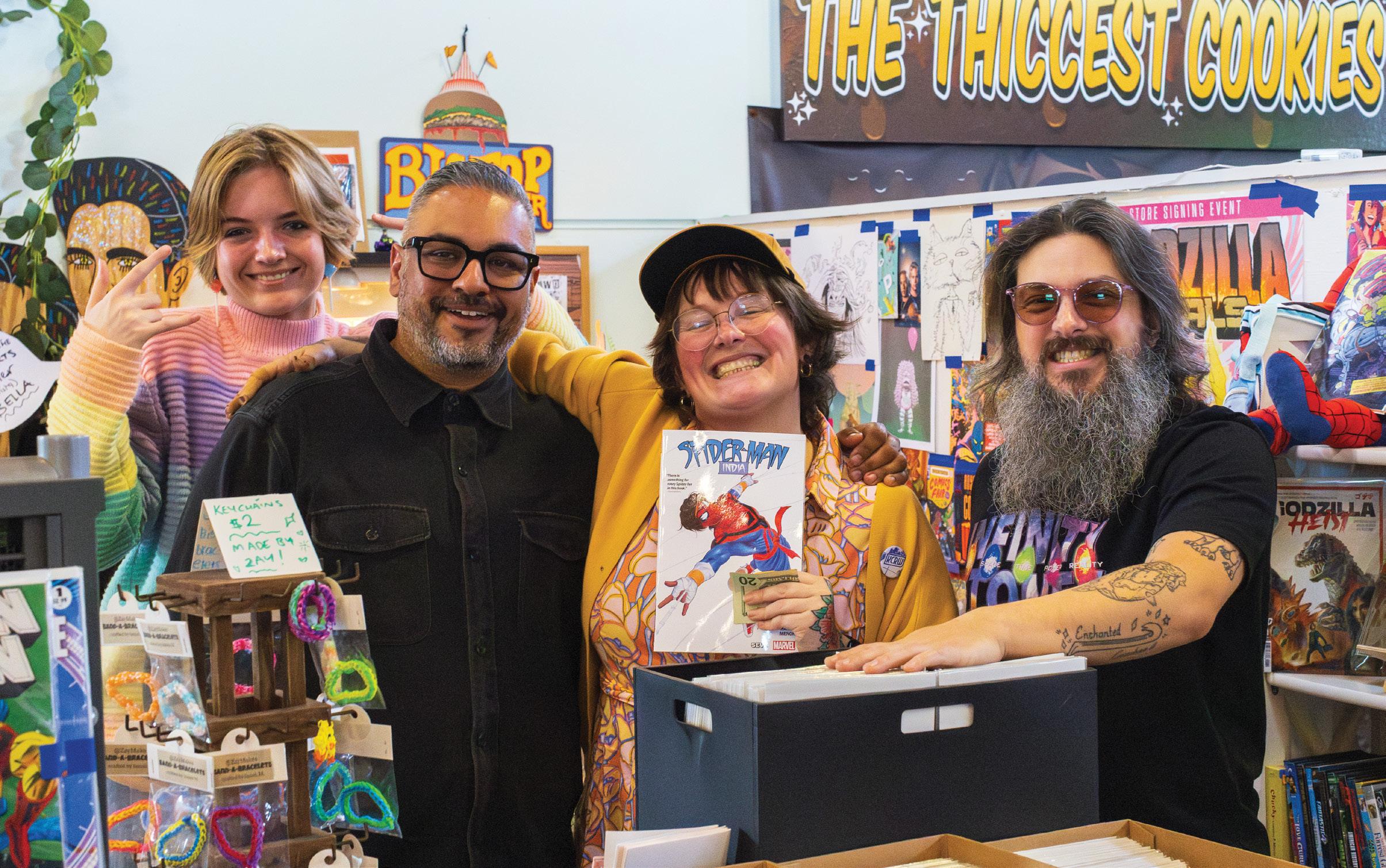

A nonprofit that keeps the
publishing industry
shop,
and a charitable podcast auction— this is how the comic community takes care of its own.
afloat, an all-ages neighborhood
BY JIM DANDENEAU
This story is part of an editorial series presented by eBay.
A craft market in an old World War II building in the Port of Los Angeles isn’t the first place you would expect to find

a vibrant, buzzy comic shop. But there, right behind Pepper’s Cafe, is a small monument to nerdery, owned and operated by Den of Geek ’s own Rosie Knight. Legend has it that the friend who runs Pepper’s invited Rosie to set
up a spot to sell her books, and the shop just kind of took off.
Rosie and her husband, Nick Marino, have created Cabrillo Beach Curiosities, a space for comics fans rooted in the arts, in L.A., and in the community fostered by a market that’s dedicated to supporting local artists. One that’s also surprisingly into Superman.
“We contradict the general rules that we all know about comic stores,” says Knight. “Superman is a bestseller for us. Same with Green Lantern; we have a lot of kids who are super into different iterations of Green Lantern, like Kyle Rayner. And we have a lot of success with ’90s Image Comics like Spawn.”
When Knight isn’t writing insightful pop culture commentaries for a variety of online journalism outfits, she also pens some delightful comics, including several Godzilla books (Godzilla Rivals: vs. Battra being one of the earliest).
However, rather than just running a traditional comic joint, with pull lists and preorders and weekly re-ups from DC and Marvel Comics, Cabrillo Beach Curiosities did something to fit the vibe of the market as a whole, stocking shelves with some new books, a bunch of old ones, and crafts and collectibles from greater nerddom.
“One of our very first customers was a woman in her late seventies or eighties who bought a Wonder Woman statue because she loved Linda Carter’s Wonder Woman so much,” remembers Knight. “I think that opened our minds to the fact that this isn’t just going to be a space for kids who come to the craft market with their parents—this is going to be for all ages.”
Still, Knight’s passion really shines through when she talks about the shop’s youngest community members. “We’re really lucky because there are a lot of people whose parents have stores in the craft market, so we have a very passionate group of young people —anywhere from three to seven or eight kids ranging in age from quite young readers to teenagers—hanging out and just talking about comics all weekend,” she says.
“We have 19-year-olds, and they come hang out with the five-year-olds, and they’re all reading different stuff or talking about different stuff or sharing their experiences. It’s nice to then see the parents come in and open their minds to the idea of comic books and this being a space where kids can come and play.”
The port’s craft market had already built a vibrant arts culture in San Pedro, but comics were a missing piece of the puzzle. With Cabrillo Beach Curiosities, Rosie Knight and Nick Marino stepped in to fill that gap, providing an essential “third space” for parents and kids alike—somewhere that folks could go to socialize without spending a ton of money. In doing so, the couple injected a buzz of excitement about a medium that the market was missing, helping to ultimately sweeten the vibe for the whole operation.
FIVE YEARS AGO, the world stopped. Things ceased moving —people, goods, money—and we all needed some help. For bookstores and their employees, one organization was there for them.
When the pandemic hit, a group of comic pros, some of whom had been working with the Book Industry Charitable Foundation (BINC) on their first foray into helping comic shops during that year’s hurricane season, got together with the foundation and started putting their collections and talents out there to raise money for shops forced to close. A few months and 60 Jim Lee sketches later, BINC had raised and distributed almost $5 million to comic shops. And once that relationship was built, it never stopped. Flash forward to now, and the relationship between BINC and comic shops is stronger than ever, with DC and much of the comics industry backing them up. And what better way to celebrate that relationship than with a big, huge, mega-charity auction? Just in time for the new Superman movie, you can grab a piece of original art from one of DC’s
talented team of artists, featuring Big Blue and supporting all local comic shops when they need it most.
“BINC is run by a bunch of superwomen, so having Superman lead the charge was a natural fit,” BINC president Chris Morrow said of the partnership when we sat down to chat about the auction.
Den of Geek and eBay Live are collaborating on this auction, with 14 artists (and counting at time of publication) on board to donate their art. It’s got some big hitters, too—Rafael Albuquerque, Cully Hamner, Scott Koblish, John Timms, Eddy Barrows, Ian Churchill, Daniel Sampere, Joe Prado, Clayton Henry, Tony S. Daniel, Kenneth Rocafort, Ivan Reis, and Dan Jurgens are all in, so there’s a great range of white-hot current artists like Sampere or Albuquerque, backed up by the man who killed Clark Kent himself, Jurgens.


In fact, we’ve had a peek at some of these pieces, and Kenneth Rocafort’s piece is an absolute banger: it’s a polyptych with various parts of Superman’s life represented across the four pictures, along with some members of Superman’s family. Rocafort infuses his art with so much futuristic, sci-fi energy (his Ultimates 2 is an underrated classic), and this polyptych is full of that energy.
In case you miss the live online auction during SDCC, you can scan the QR code throughout our collector’s digest section to access our upcoming schedule to set reminders, or view our Den of Geek Live store, where you’ll find unique and rare comics and collectibles, with portions of the sale proceeds benefiting BINC.

The creator of Big Apple Comic Con and the founder of Queens’ Spineworks Comics are teaming up to empower a new generation of comics collectors.
BY JIM DANDENEAU
This story is part of an editorial series presented by eBay.
EVERYONE LOVES A SUPERHERO TEAM-UP. Mike Carbonaro, or “Carbo,” as he’s known, is the creator of Big Apple Comic Con, a pillar of the New York City comics scene for decades. Mike Raphael is the founder of Spineworks Comics, a preservation, grading, and restoration service for comics lovers. Together, the duo form Mike’d Up, a unique pop-culture video podcast and live sales experience designed to kick-start collections for younger fans interested in starting their collection.
Now, like any good heroic crossover, the Mikes are using their collective powers for good. In partnership with Den of Geek and eBay Live, they are teaming up with Crash Media Partners, founded by Scott Mauriello and Chris Parente, to produce a live auction experience with portions of the proceeds from each stream going towards the Book Industry Charitable Foundation (read more about their mission on PG. 61) and the First Responders Foundation, a nonprofit providing comprehensive assistance for the families of firefighters, veterans, and first responders of all types who tragically pass in the line of duty.
Carbonaro and Raphael are no strangers to philanthropy, having hosted a variety of charity auctions over the last several years, and most recently helping Den of Geek and eBay kick off the Summer of Superman in May with some cool memorabilia, original art, and classic books.
Carbonaro has amassed a collection of geek memorabilia that could rival a museum’s, and his depth of knowledge and relationships have helped him turn toward an experiential live show experience unlike any other. With Mike’d Up, the duo will utilize their shared love of comics history and collecting to provide an engaging auction experience filled with rare goodies on a dynamic live shopping platform, eBay Live.
Check out the QR Code on the next page to get notified for the next live auction from Mike’d Up.
X-MEN #45 (1968) CGC 9.6 – JUGGERNAUT VS. CYCLOPS BATTLE –HIGH GRADE
1940 s SUPERMAN MOVIE SET
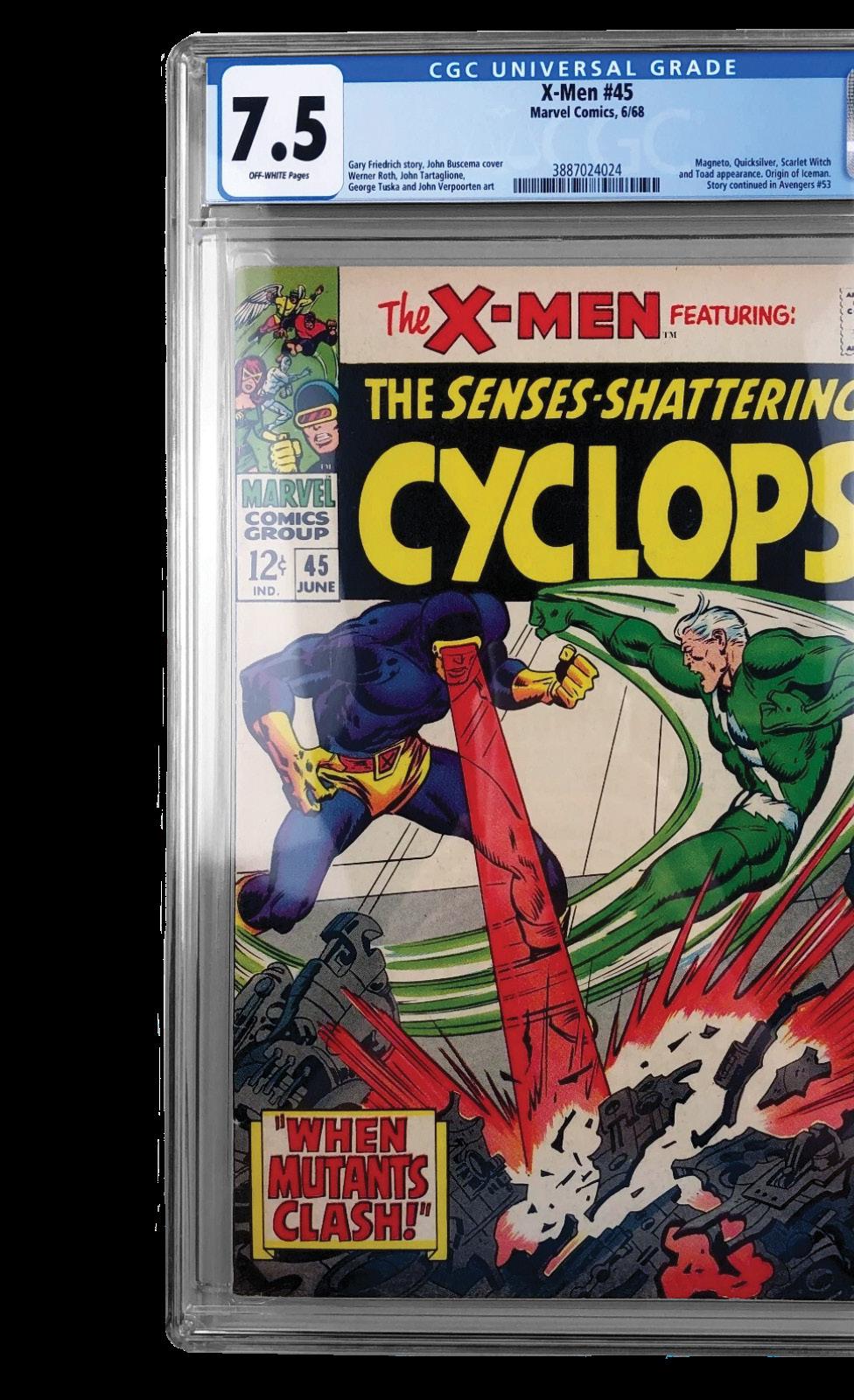


CHECK OUT SOME RARE, PREVIOUSLY AUCTIONED COLLECTIBLES AND COMICS FROM THE EPIC COLLECTION OF MIKE’D UP AND CRASH MEDIA PARTNERS.


1 966 SUPERMAN LUNCHBOX

ORIGINAL STAR WARS MOVIE RE-RELEASE POSTER (1977)


VISIT OUR STORE FOR MORE UNIQUE COLLECTIBLES!



There’s never been a better time to celebrate and collect Godzilla, the Ultimate Kaiju.
BY DANIEL KURLAND
This story is part of an editorial series presented by eBay. All products are San Diego Comic-Con exclusives from their respective brands and will be featured in our live charity auction benefiting the Book Industry Charitable Foundation on July 26.
IT WAS MORE THAN 70 YEARS AGO that audiences first heard Godzilla’s iconic roar and experienced the heightened horrors of this colossal kaiju. Franchise fans are eagerly awaiting the release of Toho’s untitled sequel to the Oscar-winning Godzilla Minus One, as well as the latest entry in Legendary Pictures’ MonsterVerse crossover, Godzilla x Kong: Supernova. Now, kaiju collectors and Godzilla geniuses have more ways than ever to celebrate Toho’s Mightiest Monster! It will take far more than an unstoppable titan of terror to keep fans from collecting these San Diego Comic-Con exclusives!
IDW Publishing’s Kai-Sei-era connected comics universe is an exciting Godzilla expansion that properly takes advantage of its unique medium. Tim Seeley and Nikola Čižmešija’s Godzilla is the first ongoing Godzilla comic in over a decade, and SDCC’s exclusive Godzilla #1 cover variant by Peter Santa-Maria captures the King of the Monsters in a stylized fashion that speaks to the kaiju’s versatility.

A glow-in-the-dark Godzilla figure is a brilliant concept that beautifully takes the kaiju’s radioactive nature and turns it into a creative selling point. The “Train Biter” ReAction figure has five points of articulation, and its eerie green glow elevates it into a proper conversation piece. It’s the rare Godzilla item that becomes more menacing once the lights go out.

Ever since his debut in 1974’s Godzilla vs. Mechagodzilla, Mechagodzilla has been a fan-favorite character and a dark double to the King of the Monsters. Super7 transforms the robotic harbinger of doom into a cute five-inch soft vinyl figure. Super7’s FUN! FUN! Mechagodzilla is based on the Heisei-era classic, Godzilla vs. Mechagodzilla II (1993), and features an exclusive gold repaint of their previous silver metallic release.



Super7 offers a mix of Kaiju Response Team stickers and pins, but their crewneck T-shirt is a cute way to warn others about simple kaiju safety etiquette. The shirt’s charming designs are a playful reminder that Godzilla merchandise can be adorable and disarming, rather than dangerous and menacing.


Super7’s Super Cycles are a glorious burst of nostalgic bliss that reinvent classic creatures in the silliest context imaginable, and in this case put the colossal kaiju on a blue trike. The tricycle even has a working bell so that the Kaiju Response Team will know whenever he’s ready to burn some rubber.


The first Godzilla film of the Reiwa era, 2016’s Shin Godzilla delivers the perfect blend of massive monster mayhem and scathing political satire. Directed by Neon Genesis Evangelion creatives Hideaki Anno and Shinji Higuchi, Shin Godzilla is returning to North American theaters on Aug. 14 in fantastic 4K, followed by a home video release. There’s no better way to celebrate than with Den of Geek’s exclusive autographed poster by Higuchi.

VISIT OUR STORE FOR MORE UNIQUE COLLECTIBLES!
Test your wits with our movie and TV quiz. BY
LOUISA MELLOR
1
Which actor was announced in February for the lead role in Star Wars: Starfighter?

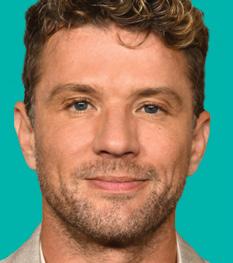


Ryan Reynolds Ryan Phillippe Ryan Gosling Ryan Hansen
2
What was the tagline for the original Happy Gilmore movie?
Some people just don’t belong
Golf pro… love amateur
His whole life was a million-to-one shot
He doesn’t play golf… he destroys it

3 Which two Marvel siblings feature in Fantastic Four: First Steps?
Tommy and Billy Maximoff
Sue and Johnny Storm
Thor and Loki
Shuri and T’Challa
4
Which of the following does NOT feature in Black Mirror season 7?
A pendant that can change reality
A wristwatch that can travel through time
A video game that ports directly into the human brain
A telephone line that connects to a 1940s movie star
5
The character Wednesday Addams is so named after which line in a nursery rhyme?
Wednesday’s child is full of woe
Wednesday’s child adores her bro
Wednesday’s child looks like a crow
Wednesday’s child eats yellow snow

6
As announced late last year, what will be the title of the Stranger Things finale? Bats! Bats! Bats! Barb’s Vengeance Vecna Vecna Bo-Becna, Banana-Fanna, Fo-Fecna The Rightside Up
7 Which 1988 comedy was a spoof of 1977 Charles Bronson movie Telefon, about sleeper agents activated by a rogue KGB clerk?
Twins Big The Naked Gun A Fish Called Wanda
8
Which new sixlimbed mutant dino features in Jurassic World Rebirth? Distortus Rex Defaultus Rex Contortus Rex Ultrashortus Rex
9
What is the name of the village setting for How to Train Your Dragon?
Kirk Murk Berk Jerk
10
What is the occupation of Belinda Chandra, the latest companion in Doctor Who? Soldier Teacher Nurse Journalist

11
What is the name of the evil company in the Alien franchise?
Tyrell Corporation Cyberdyne Systems Weyland-Yutani Corporation Lumon Industries


Which of the following is NOT the title Dexter spinoff?
Dexter: Original Sin Dexter: Resurrection
Dexter: New Blood
